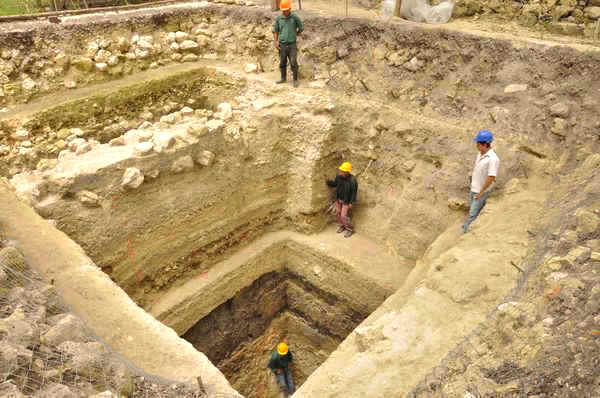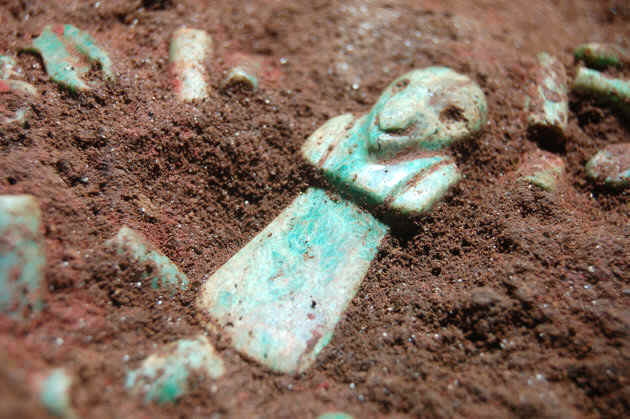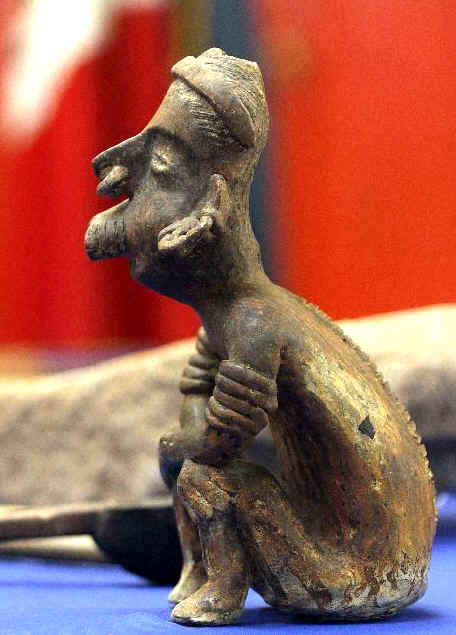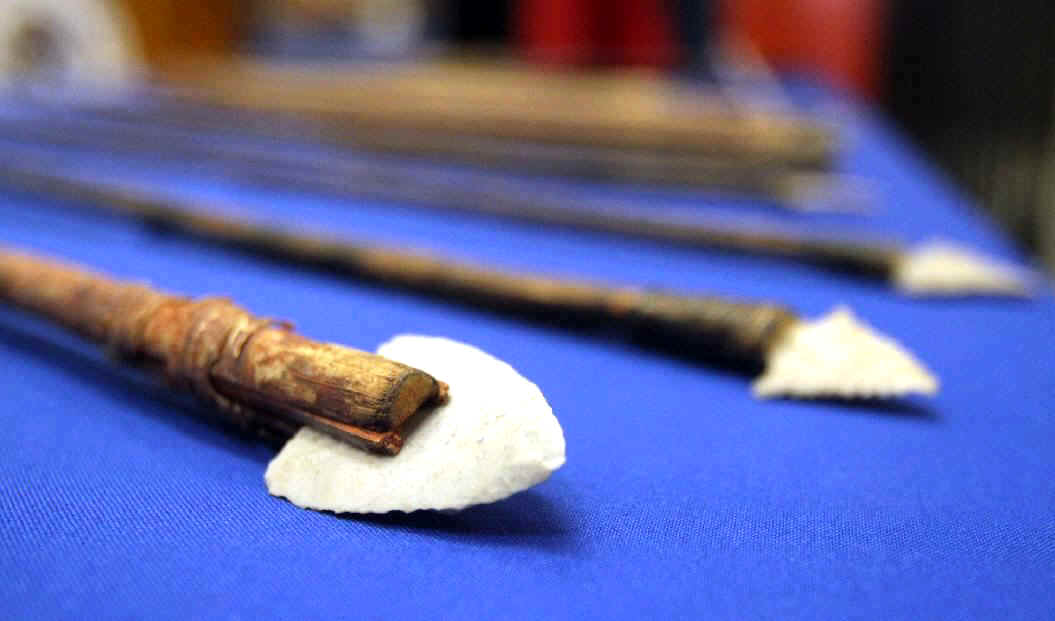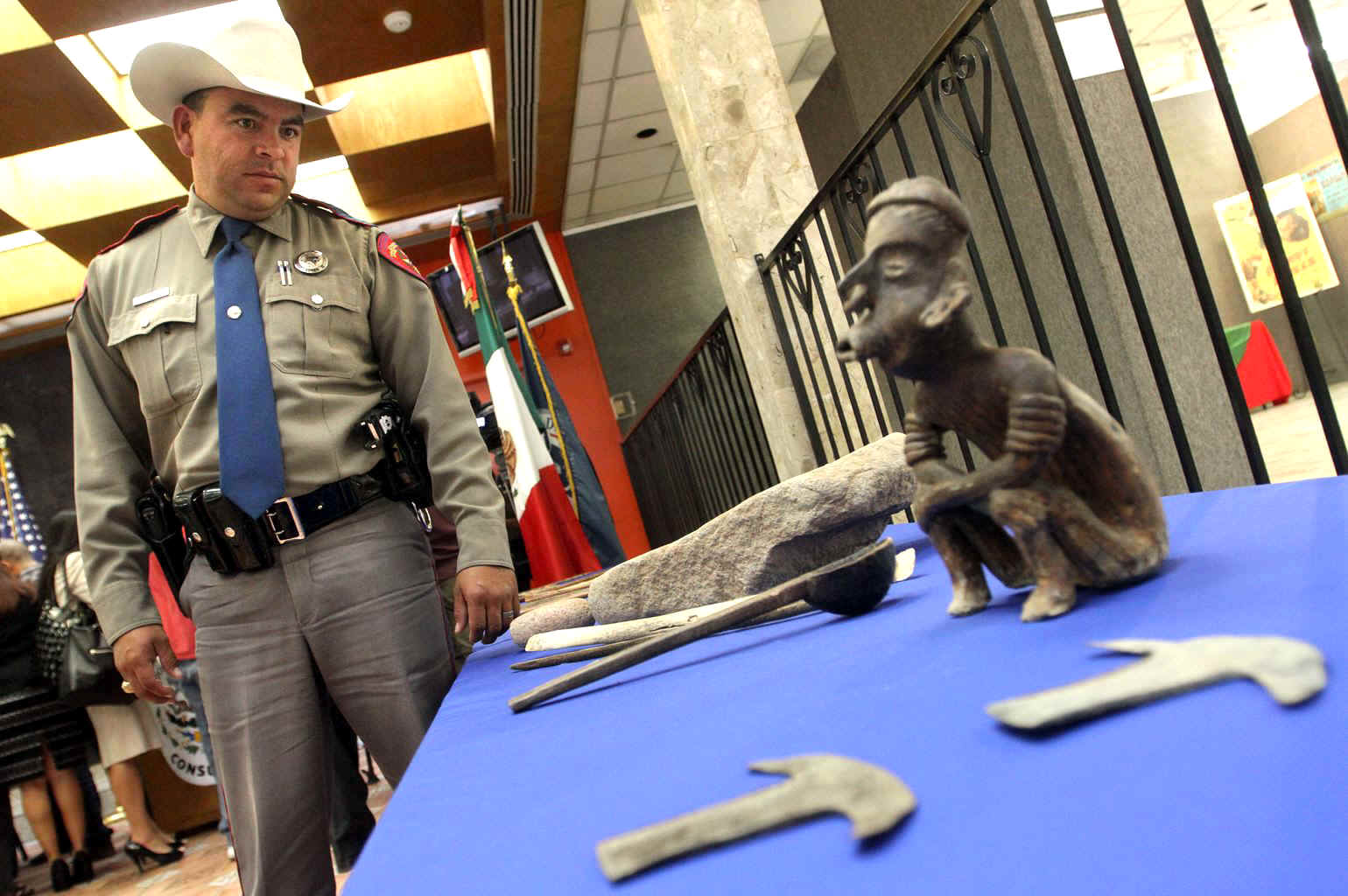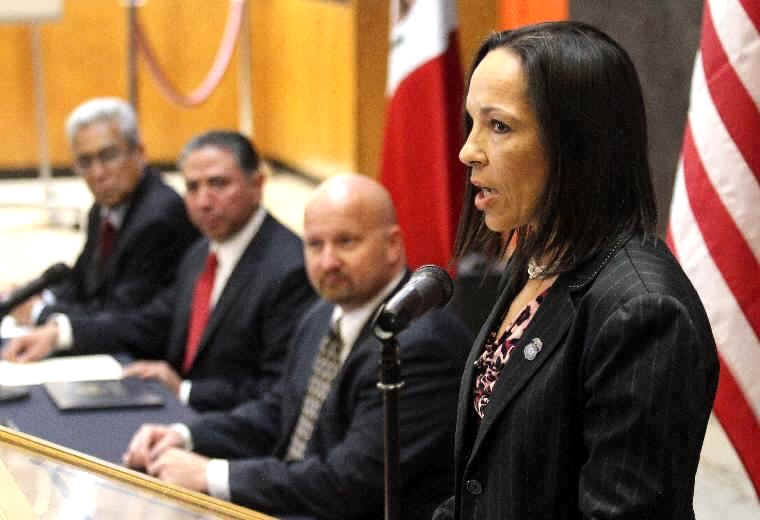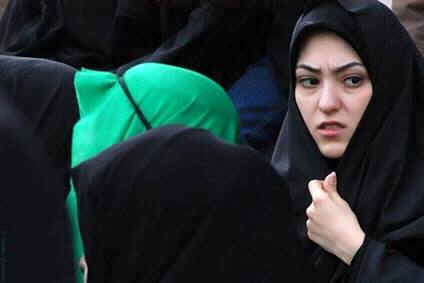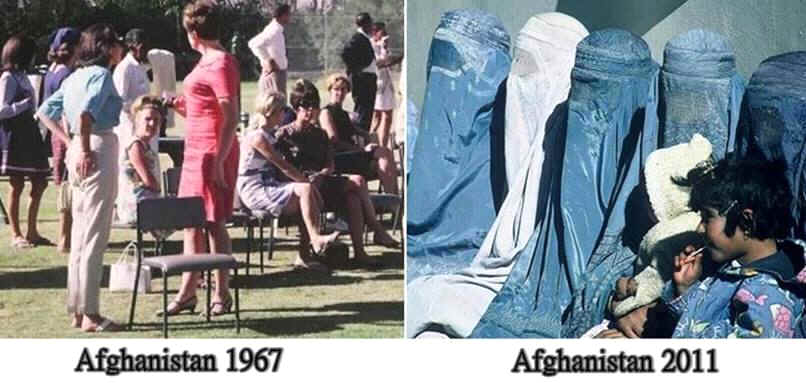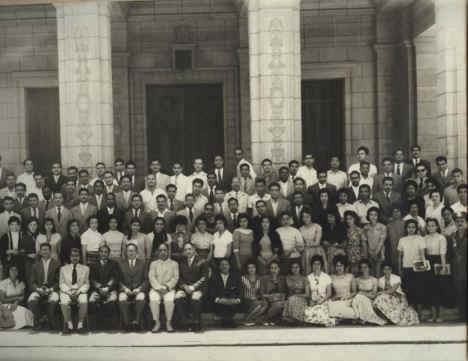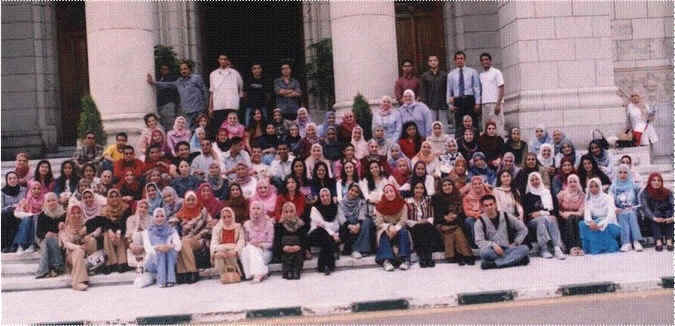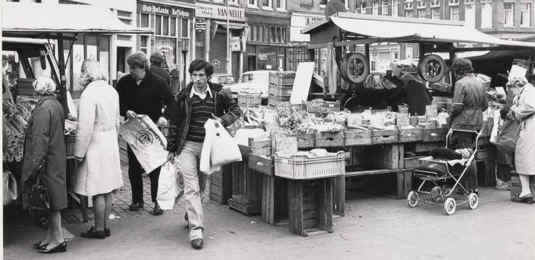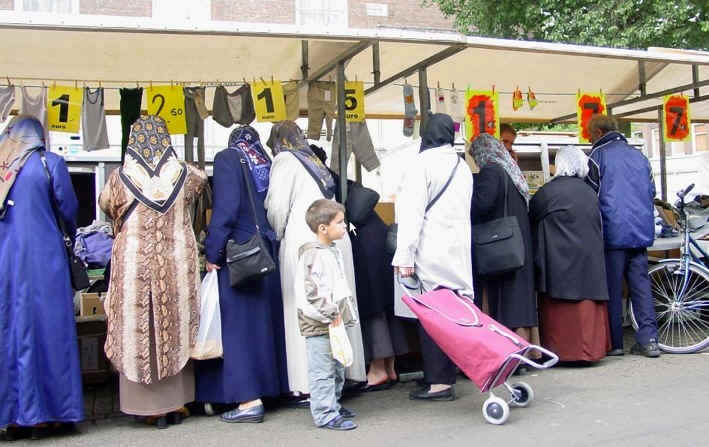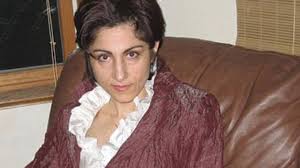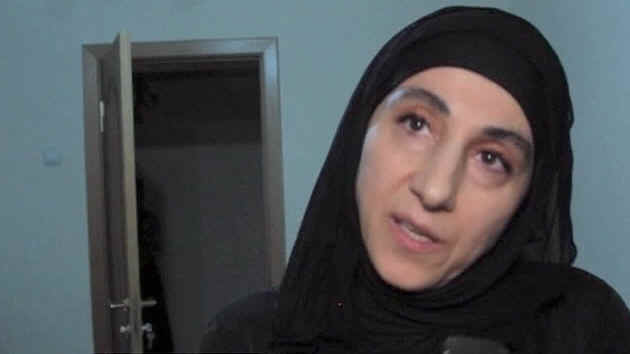It cost the U.S. $375 million, thousands of lives, a movement for
national independence — and a Nicaraguan postage stamp — to take
over and finish construction of the Panama Canal, rightly chosen in
1996 by the American Society of Civil Engineers (ASCE) as one of the
engineering wonders of the world.
And now, Panama is gearing up for the largest modernization plan in
its 92-year history. Voters in October approved a $5.25 billion
expansion of the canal that will include a third set of locks on the
Atlantic and Pacific sides to handle the world’s largest ships.
Construction will begin in 2007 and is expected to last eight
years.
A canal was first conceived in the early 16th century by King
Charles V of Spain, who ordered the governor of the region of Panama
to survey a route following the Chagres River to the Pacific. This was
the first survey for a proposed ship canal through Panama, and more or
less followed the course of the present Panama Canal.
The desire to build such a canal gained additional impetus during
the 1848 Gold Rush, when prospectors could either sail around Cape
Horn, cross the Great Plains, or journey across the isthmus by foot or
canoe and then take ship north from the Pacific coast. The first
interoceanic railroad in the world was constructed on the isthmus in
1855 but the opening of a canal would mean travelers sailing from, as
an example, San Francisco to New York went from a journey of 14,000
mi. (22,500 km) around Cape Horn at the bottom of the continent to one
of a mere 6,000 mi. (9,500 km).
The United States had long been interested in the possibility of
building a canal and in the latter half of the 1890s set up two Canal
Commissions to look into the question of the best route. Both
recommended running the canal through Nicaragua.
The French, however, had already begun the endeavor and were
continuing with the task of constructing a canal located in Panama.
The Compagnie Universelle du Canal Interoceanique had been granted a
concession to do so in 1878 and had been at work on it since 1881.
Headed by Count Ferdinand de Lesseps, world famous for building the
Suez Canal, the company planned a sea-level canal, which it estimated
would take 12 years to build at a cost of approximately $l30 million.
Tens of thousands flocked to invest in the project, but in late
1889 the company was declared bankrupt, defeated by months of tropical
weather whose torrential rain caused constant mud and rock slides,
disease-carrying mosquitoes, deadly snakes, inadequate equipment and
management, and a work site situated in dense jungle spread out over
mountainous terrain.
Undaunted by this spectacular although understandable failure,
another French company — Company Nouvelle du Canal de Panama — was
started up in l894 and took over the job. However, it too was unable
to complete the canal and its assets, rights, and equipment were
therefore offered for sale.
A Volcano Sways Voting
Although both Canal Commissions had recommended Nicaragua as the
best place to build a canal, the engineers consulted were in favor of
Panama, David McCullough wrote in “The Path Between The Seas: The
Creation of the Panama Canal 1870-1914.”
There were a number of reasons to choose Panama. Among them were
the canal would be shorter by more than 100 mi. (161 km), the proposed
Panamanian route already possessed a railroad, and overall running
costs would be lower.
Efforts to convince American legislators that Panama was a better
choice were aided by two investors in the French company, Philippe
Bunau-Varilla and William Cromwell. They mounted an effort to swing
the vote to Panama, which would benefit them and other stockholders if
the bankrupt company in which they held shares was sold to the United
States. To this end they lectured, issued pamphlets, and purchased
numerous advertisements in various publications, all pointing out the
benefits of building the canal in Panama as opposed to Nicaragua —
and in particular stressing the suggested canal site in the latter was
only 20 mi. (32 km) from an active volcano.
The question was debated during the 1902 legislative session. When
the matter came up for voting in the Senate, Bunau-Varilla and
Cromwell carried out a masterly piece of persuasion by sending every
senator a Nicaraguan stamp featuring the volcano in full eruption.
The legislature chose Panama as the site of the proposed canal,
although the vote was very close, and President Theodore Roosevelt
signed the Panama Canal Act into law on June 28, 1902.
The Act authorized Roosevelt to acquire not only all rights and
property of every kind, “real, personal, and mixed,” and all other
assets possessed by the French company, but also the necessary strip
of land from Colombia, there to exercise “the right to use and
dispose of the waters thereon, and to excavate, construct, and to
perpetually maintain, operate, and protect thereon a canal.”
There is no doubt Roosevelt viewed the canal as being of prime
importance, having declared in his December 1901 State of the Union
address that “No single great material work which remains to be
undertaken on this continent is of such consequence to the American
people as the building of a canal across the Isthmus connecting North
and South America.”
It appears his views were heavily influenced by a book written by
Alfred Thayer Mahan, U.S. naval officer and scholar. This book, “The
Influence of Sea Power Upon History,” was published in 1890 and
advanced the theory that national and commercial supremacy were
directly related to control of the sea. This point of view was
important in the drive for construction of the Panama Canal.
Panama Gains Independence
Even so, the project was not set for plain sailing since before
construction could begin, the United States had to negotiate a treaty
with Colombia, which then controlled Panama. Despite a very generous
offer — $l0 million to be paid immediately, followed by $250,000
each year of a century-long lease for 6 mi. (10 km) of land on each
side of the canal — the Colombian government turned it down. It was
a time for bold action.
Panama rose up and demanded its independence. The USS Nashville
arrived with an official mission to protect American citizens,
thwarting any attempt by Colombia to send troops to Panama by sea. The
jungle prevented them from bringing military forces over a land route,
so they were unable to crush the Panamanian movement.
Thus it was the Republic of Panama came into being on Nov. 3, 1903.
The U.S. government obtained a treaty later that year, under which the
United States gained the right to build a canal under essentially the
same terms as had been offered to Colombia.
The United States began to move forward in 1904. As laid down in
the Act, it purchased Compagnie Nouvelle du Canal de Panama’s assets
for $40 million, taking over the project on May 4, 1904. An Isthmian
Canal Commission was set up to govern the Canal Zone, although overall
supervision of construction was in the hands of the U.S. Secretary of
War. Expectations about the canal were plainly stated by Roosevelt:
“What this nation will insist upon is that results be
achieved.”
The man who arrived in June 1904 to take up the post of chief
engineer was a civilian, John Findley Wallace.
A State of Chaos
Wallace discovered the project in a state of chaos. While the
French had constructed housing and other facilities for the benefit of
their workforce, many of these buildings were now inhabitable. Their
huge fleet of abandoned equipment — much of which was in various
stages of decay — had to be examined, repaired or rehabilitated if
possible, and then card-indexed for swift location as needed.
While most of the professional workers were American, laborers were
largely recruited from various Caribbean countries, including
Barbados, Guadeloupe and Martinique. Dozens of nations were
represented by the workforce, and interpreters were in demand. Beyond
skills more directly concerned with construction of the canal, many
other professions were represented, ranging from secretaries,
accountants to shop clerks and pharmacists, doctors and nurses.
William R. Scott spent five months in Panama, three as an employee
of the Isthmian Canal Commission. In l913 he published “The
Americans in Panama,” in which he mentions workers’ wages and
salaries. Hourly remuneration ranged from l0 to 25 cents an hour for
apprentices to 65 cents for bricklayers and up to the same amount for
carpenters, coppermiths, pipefitters and linesmen. Ironworkers and
machinists were paid as much as 70 cents an hour. A steam shovel
operator earned between $2l0 and $240 a month. While these rates
appear small, they were far more than would be paid for comparable
work in the United States, and were in addition to free housing and
medical care at no cost.
Wiping Out Disease
One of the first major jobs the Americans undertook was carrying
out sanitary improvements to deal with the high death toll from
disease, most often malaria and yellow fever. At the time, the
discovery both illnesses were carried by mosquitoes was only beginning
to be accepted. The effort was led by Chief Sanitary Officer William
C. Gorgas of the U.S. Army. Even so, it was an uphill battle which
ultimately involved adding screens to doors and windows, fumigating
dwellings, and laying oil weekly on cesspools and cisterns to kill
insect larvae.
In addition, the United States paved streets and constructed water
and sewage systems for Panama City and Colon. Once this was done, the
hitherto common use of barrels to store water for domestic use was
ended, thus removing thousands of potential mosquito breeding grounds.
Rufus E. Forde contributed recollections of working on the canal to
the Isthmian Historical Society in l963. Forde recalled that from a
gang composed of approximately l25 workers, 40 or so would come down
with malaria before noon. It was a sight so frightening, he said, that
“sometimes you don’t come back after dinner.”
Canal workers were instructed to drink quinine to treat malaria,
but its taste was so vile many claimed they had taken theirs when they
had not in fact done so, he added.
Wallace had not supported Gorgas’ efforts because he did not
believe the diseases were transmitted by mosquito, and while John F.
Stevens, the chief engineer who replaced him, admitted to not being
entirely convinced as to the efficacy of Gorgas’ proposed
eradication program, he nonetheless supported it. Ira E. Bennett’s
“History of the Panama Canal” quoted Stevens’ opinion there were
three diseases on the isthmus:
“Yellow fever, malaria, and cold feet.”
Gorgas’ draconian measures succeeded and it was announced in
December 1905 that yellow fever had finally been eradicated from the
isthmus. However, malaria still caused many deaths among workers
because surviving it did not make the patient immune to further
attacks. Hospital records show that 5,609 people died from disease or
accidents during the American construction era, and 4,500 of them were
black employees.
Once under control, stern measures were taken to keep the isthmus
disease-free. Quarantines were rigidly enforced and inoculations
mandatory. Scott’s book mentions an incident in 1905 when a number
of workers from Martinique initially refused to leave their ship
because they believed vaccination scars were intended to mark them so
they could not go home. He related that they were removed from their
vessel at bayonet point and then inoculated.
Facilities for the Workforce
Chief Engineer Wallace found the going difficult. Despite all
efforts, housing and food for the workers were not of acceptable
quality. He expressed anger about “red tape” constantly
interfering with the running of the project, and also was worried
about his family being stricken with disease, particularly after his
secretary’s wife died of yellow fever. There had been personality
clashes with the chairman of the commission and although the
commission was dissolved and a new one set up, Wallace, who had
received an offer of a better paid job in the United States, resigned
a year after his arrival.
Another civilian, John F. Stevens, took over as chief engineer in
July 1905. He had excellent references, having been in charge of the
construction of the Great Northern Railroad in the Pacific Northwest.
After Stevens’ arrival, the United States used 12,000 of its
workforce to construct buildings as well as carry out excavation work.
Between 1905 and 1907 clinics and hospitals, laundries, libraries,
mess halls, churches, hotels, social and fraternal clubs, and many
other amenities were built. Numerous workers had brought their wives
and families with them, and schools were provided. Fire departments,
courts and post offices came into being and shops sold household
goods, canned items and perishables kept in refrigerated storage.
Saturday night dances were held at hotels and firework displays,
lectures, and other types of entertainment (including a circus on at
least one occasion) also were available to the workforce.
The Panama Record, published weekly, provided news of sporting
events and contests, social gatherings, and notices of various sorts,
as well as committee reports and official announcements.
Recreational facilities eventually included bowling alleys, gyms,
ice cream parlors, billiard rooms, tennis courts and baseball parks.
Contests involving various sports were held, with keen competition
between teams.
The immense logistical problems involved in providing life’s
necessities can be demonstrated by noting meals for the workforce
required the annual baking of more than 60,000 rolls and 6 million
loaves, as well as approximately 110,000 lbs. of cake.
Improving a Vital Rail Link
Another task to be accomplished was improving transportation. The
Panama Railroad ran past the excavations but had descended into a
degraded state. Its efficient operation was vital to the job, since
there were no highways and the railroad had to move everything needed
from construction equipment and building materials to food, medical
supplies, and excavated material, not to mention the workforce itself.
The French company’s holdings included a number of locomotives
and wagons. Most were considered too lightweight for the tasks they
had to accomplish, although some were eventually rehabilitated. The
rail system was overhauled and more robust American rolling stock
suitable for handling the movement of heavy equipment and to haul
excavated material away from the diggings were shipped in. The
workforce included experienced American rail staff whose task was run
the railroad — once it had been built from components shipped to
Panama in a dismantled state.
Make the Dirt Fly
Roosevelt had made it plain workers were expected to “make the
dirt fly,” but construction plans had to be flexible in order to
meet challenges as work continued. For example, the width of the
Culebra Cut was changed from 200 to 300 ft. (61 to 91 m) while after a
request from the U.S. Navy lock chambers were increased to 110 ft. (34
m) wide. This was to ensure the canal would allow passage of vessels,
which at the time were still themselves in the design stages.
Landslides continued to be a continual and often fatal occurrence.
Exacerbated by the tropical rainy season, they also destroyed
equipment and buildings and filled in newly excavated portions of the
canal, which then had to be redug.
Accidents, of course, were unavoidable. A number of people who had
worked on the canal reminisced about that aspect of the job at a
gathering organized by the Isthmian Historical Society in 1958.
Reed E. Hopkins, former railroad conductor, recalled standing
orders that if anyone was hurt, conductors had to take them
immediately to the hospital. It happened daily, since although
dynamite blasts were usually timed for 11:30 a.m. and 5:30 p.m., they
were sometimes set off without warning and flying debris took its
toll.
Gertrude B. Hoffman, a teacher, spoke about a premature blast at
Bas Obispo, where the father of one of her pupils took cover in the
dipper of a steam shovel. The shovel ended up entirely covered with
chunks of rocks.
Charles F. Williams described seeing a train in Colon Station, its
luggage car marked funeral car and behind it a coach for passengers
being taken to hospital. Such cars were, he said, “regular equipment
on the Panama Railroad.”
Third Chief Engineer Arrives
Chief Engineer Stevens was instrumental in persuading President
Roosevelt and Congress that the canal should be built with locks,
rather than the proposed sea level waterway. In strongly-worded
evidence to the House Committee on Interstate and Foreign Commerce, he
declared the greatest problem in the construction of any canal across
the isthmus was going to be controlling the Chagres River — and
equally emphatic that a system of locks would solve it. In June l906
the final vote was taken, and a lock canal was approved, albeit by a
narrow margin.
However, Stevens resigned in 1907, citing personal reasons. A third
commission was set up to oversee the project. It was composed mainly
of military men and George Washington Goethals, then holding the rank
of major in the U.S. Army Corps of Engineers, became chief engineer of
the project. Being in an officer in the army, unlike the two previous
chief engineers he could not leave the project until permitted to go
elsewhere.
Goethals was not one to mince words. Bennett’s book relates he
addressed his workforce in the stirring fashion of an army man.
“I am commanding the Army of Panama; the enemy is Culebra Cut and
the locks and the dams.”
Nor did he exaggerate. The Culebra Cut is approximately 9 mi. (14.5
km) long and had to be dug through the Continental Divide. When the
Americans took over, the two French companies had already excavated
more than 78 million cu. yds. (60 million cu m) of which approximately
18,600 cu. yds. (14,220 cu m) of material had been taken from the Cut.
Ralph E. Avery described the French excavators in his 1913 work
“America’s Triumph” in Panama. They were the type fitted with
chains on buckets, which dropped spoil into hoppers which then
transferred it into dump cars. It was to be over a year before steam
shovels completely replaced these excavators.
Dynamite and Steampower
By today’s standards, the construction of the canal was carried
out by primitive methods, since it was largely accomplished by
laborers, dynamite and steam power.
Preparation for rock blasting was carried out by drills run on
compressed air piped from three plants some five miles away from the
work site. Operating in sets of up to a dozen, set between 6 and 16
ft. (2 and 5 m) apart, the drills cut down as deep as 27 ft. (8 m).
Steel hand drills also were used. Bennett related that holes were
originally fired with the use of batteries and later by electrical
current. He mentioned the largest single blast involved setting off a
number of holes which together contained 52,000 lbs. (23,587 kg) of
dynamite.
Goethals described the extensive use of explosives in a talk given
to the National
Geographic Society in 1911. Apart from blasting, dynamite also was
used to break up rocks too large for the steam shovels to handle.
Goethals related that in those cases three or on occasion more sticks
of dynamite were laid on the rock, covered in mud, and set off by use
of a slow match. Most of the dynamite was used at the Culebra Cut.
Disposal of the massive amounts of spoil involved was handled by
trains pulling a score or so of Lidgerwood flat cars, each capable of
hauling approximately l9 cu. yds. (15 cu m) of material. These cars
were one-sided and steel plates joined each car into what amounted to
a continual surface, necessary for the method used to unload them.
This was accomplished by means of attaching a car carrying a plow
and another featuring an unloader at opposite ends of the train.
Unloaders had a steam-driven windlass around which a wrist-thick steel
cable was wound. Thus equipped, the train was driven under a frame to
which the cable was attached and as the train moved on, the cable paid
out until it reached, and could be attached to, the plow. Rewinding
the cable pulled the plow forward, pushing excavated material off the
cars to the waiting spreaders. The plow and unloader were detached and
the empty train returned to the diggings. This work also was handled
with Western dump cars, which ran on compressed air, and some
unloading was done by hand.
As much of this excavated material as possible was recycled for
such purposes as constructing a 3-mi. (5 km) long breakwater
constructed as an anti-silting measure as well as building the Gatun
Dam, which tamed the Chagres River and created Gatun Lake. It also was
used to reclaim 500 acres (202 ha) of the Pacific. In addition,
millions of cubic yards of material was dumped into the jungle.
The disposed material often included a large amount of rock and
earth from landslides. In his lecture to the National Geographic
Society, Goethals stated in fiscal year 1908 alone approximately 6
percent of the material removed was deposited by slides, while two
years later the proportion had risen to 18 percent.
The problem was finally resolved by grading the slopes of the Cut
to a less steep angle than had hitherto been attempted.
Record Amounts of Excavation
Goethals’ arrival heralded the onset of a period of record
accomplishment. Bennett stated that despite the fact it was the rainy
season, in August 1907 a record 1 million cu. yds. (764,555 cu m) was
excavated, a figure doubled and then tripled during the following
months. The workforce kept up the pace and in two years had removed
approximately 73 million cu. yds. (55.8 million cu m).
In 1907 the equipment fleet increased to include 100 steam shovels,
560 drills, more than 50 cranes and 20 dredges. The annual consumption
of fuel was approximately 500,000 barrels of oil and 350,000 tons
(317,515 t) of coal.
Numerous American companies sent their equipment to Panama.
Among them, the Bucyrus Company of South Milwaukee, Wis.,
manufactured the majority of the steam shovels used on the job.
Shovels also were supplied by the Marion Steam Shovel Company of
Marion, Ohio, and the Harry A. Lord Company of Allegheny, Pa.
The largest shovels were 95 ton (86 t) models with 5-cu.-yd. (4 cu
m) dippers, and 45- and 70-ton (41 t and 64 t) shovels also were used.
In May 1912 a Marion model 9l steam shovel set a world record by
moving more than 5,550 cu. yds. (4,243 cu m) of material.
One or two of the steam shovels, which worked on the canal have
been traced. A Marion model 60 present in Panama in l904 was reported
fronting a museum at the University of Costa Rica. Another canal-era
Bucyrus steam shovel was borrowed from a private owner in Montana and
exhibited in “Let The Dirt Fly,” the 1999 Smithsonian Institution
exhibition devoted to the construction of the canal.
Harry A. Franck worked on the project for several months in 1912,
first as a census enumerator and subsequently as a policeman. “Zone
Policeman 88: A Close Range Study of the Panama Canal and its
Workers,” his lively memoir of the time he spent in the Panama Zone,
was one of the best selling books of 1913. He provided a colorful
picture of the work carried out by the steam shovels, describing their
mammoth strength coupled with the ability to work at delicate tasks
such as picking up a single railroad spike.
“They ate away the rocky hills,” he wrote, “and cast them in
great giant handfuls on the train of one-sided flat-cars that moved
forward bit by bit at the flourish of the conductor’s yellow
flag.”
Steam shovel crews consisted of a craneman who perched on its arm
and the engineer who operated the controls, each shovel being
accompanied by a gang of laborers. The latter came from many nations
and sometimes unexpected professions. Franck noted a Spanish laborer
killed at the Culebra Cut by a dynamite explosion was discovered to be
a celebrated lawyer in his home country.
Steam Shovel Work Honored
The sterling work of the steam shovels is recalled in a bronze
plaque commemorating Lieut. Col. David DuBose Gaillard, who oversaw
excavation at the Culebra Cut between the summers of 1908 and 1913,
and after whom the Cut was subsequently renamed. The plaque shows two
laborers digging in the Cut, a pair of steam shovels in the
background. It is now displayed at the bottom of the steps in front of
the Canal Administration building in Balboa, close to the Goethals
Memorial.
In addition, a stamp issued in 1951 depicted laborers from the West
Indies working on the Culebra Cut, with a steam shovel shown on the
far left. Steam shovels and other equipment also can be seen in murals
decorating the rotunda of the Canal Administration’s building, which
record work at the Cut, the Gatun Dam, and the locks.
Steam shovels working on the canal were mounted on cars running on
rail lines, which were relocated as necessary by track shifters
invented by William G. Bierd, who previously held the post of general
manager of the Panama Railroad. With their aid, whole sections of
tracks could be quickly moved between approximately 2.5 and 9 ft. (.7
and 3 m) in one “throw” when the task in hand required it.
Dredges and Hoists
Dredges working on the project included a 20-in. (51 cm) hydraulic
pipe line model, manufactured by the Ellicott Machine Company of
Baltimore, Md. It cost $158,000 and could excavate 750 cu. yds. (573
cu m) of material an hour.
Other dredging equipment was supplied by the Haywood Company and
Froment & Company, both based in New York City, as well as the
Atlantic Gulf & Pacific Company, also of New York.
A. L. Ide & Son, based in Springfield, Ill., supplied dredge
engines, while centrifugal pumps were provided by the Morris Machine
Works of Baldwinsville, N.Y.
The equipment fleet also included four rebuilt iron-hulled ladder
dredges salvaged from the holdings of the French company. The buckets
of these dredges could move 15 cu. ft. (.4 cu m) of material, working
down to a 45 ft. (14 m) depth.
Equipment provided by the Brown Hoisting Machinery Company of
Cleveland, Ohio, handled heavier work, such as unloading coal. Coaling
cranes manufactured by Orton & Steinbrenner of Chicago, Ill., also
worked on the job, and another Cleveland manufacturer with a similar
name, the Browning Engineering Company, provided cranes.
Scott reported the cost of the canal up to July 1912 was $260
million, including the $40 million used to purchase the French
company. By then construction and engineering had cost $152 million
and sanitary improvements $15 million. Bennett set the cost of
excavating the Calubra Cut alone at between $l0 million and $l5
million a mile.
Building the Locks
The construction of the canal’s giant locks provided another
snapshot of just one part of the huge task facing the builders.
Some notion of the vast size of these locks is indicated by the
numbers: the walls bisecting the locks into two chambers are
themselves 60 ft. (18 m) wide. The thickness of side walls ranges
between 45 to 50 ft. (12 and 15 m) on the lock floor, and the
culverts, which carry water to the locks have a diameter of 18 ft.
(5.5 m).
During the construction of the Gatun Locks, concrete was delivered
by a new method involving a circular electric railroad.
Steel cars divided into two compartments (one for premeasured
amounts of sand and stone and the other for cement) were loaded and
sent to eight concrete mixers, each with a 64 cu. ft. (1.8 cu m)
capacity. Once mixed, concrete was loaded into rail cars and rerouted
to 85 ft. (26 m) high Lidgerwood cableways spanning the locks. Full
buckets were caught up and carried across the lock for placement as
necessary, while the empty buckets for which they were exchanged were
already returning to be refilled with material for the concrete mixers
so the cycle could begin again.
At Pedro Miguel and Miraflores on the Pacific end of the canal a
similar system for mixing and placing concrete was operated with the
aid of cranes and steam locomotives Lt. Col. Harry F. Hodges was in
charge of the design and erection of the lock gates. McClintic-Marshall
Construction Company, of Pittsburgh, Pa., was awarded the contract for
this part of the job. Ranging in height from 47 to 82 ft. (14 to 25
m), the gates are 7 ft. (2 m) thick, and comprise two leaves over 60
ft. (18 m) wide, weighing between 390 and 730 tons (354 and 662 t)
apiece.
Franck’s book provides a glimpse of the construction of the Gatun
Locks. Describing its steel gates, which he saw standing ajar, as akin
to “an opening in the Great Wall of China.” He goes on to say,
“On them resounded the roar of the compressed-air riveters and all
the way up the sheer faces, growing smaller and smaller as they neared
the sky, were McClintic-Marshall men driving into place red-hot
rivets,” tossed up to them from workers at the forges, their
trajectory “glaring like comets’ tails against the twilight
void.”
Ships are not permitted to pass through the locks under their own
power. General Electric in Schenectady, N.Y., provided “mules,” as
the electric locomotives, which pull vessels through the locks are
known.
A Greater Work Than They Realized
The importance of the canal was highlighted in November 1906 when
Theodore Roosevelt visited Panama to inspect progress on the job, the
first time a sitting president had left the country.
In a speech to the workforce at Colon, after complimenting the
“steam-shovel man” as “the American who is setting the mark for
the rest of you to live up to.” Roosevelt went on, “This is one of
the great works of the world; it is a greater work than you,
yourselves, at the moment realize.”
In his speech, Roosevelt promised to see if he could arrange for
“some little memorial, some mark, some badge, which will always
distinguish the man who did his work well on the Isthmus,” and
indeed this came to pass. Medals struck from scrap metal taken from
abandoned French equipment were issued to Americans who had worked for
two years on either construction or the railroad. Bars marking each
subsequent two year period of service on the project were issued
thereafter.
The distribution of 50,000 bronze Panama Canal Completion Medals
marked the opening of the s-shaped 51-mi. (82 km) long waterway on
Aug. 15 1914.
When the United States took over building the canal — and for
some time afterwards — naysayers said such a waterway could never be
built. Yet in only 10 years persistence, grit, and technical
knowledge, aided by an army of laborers and heavy equipment, saw the
job through to completion. CEG
Among the members of this family, of some of whom a more detailed
account will be found below, are the following: Aaron de Castro, or
Crasto, parnas, Amsterdam, 1834; Abraham de Castro, who was among
the Jews who returned to Amsterdam from Brazil when that country was
lost to the Hollanders in 1654 ("Publ. Am. Jew. Hist.
Soc." iii. 17); Abraham Nahamias de Castro, London, 1769; Dr.
Baruch de Castro, Amsterdam, 1597-1684; Daniel de Castro, brother of
Baruch; Daniel Gomez de Castro, parnas, Amsterdam, 1772; Dr. Ezekiel
de Castro, Verona, 1639; Imanuel de Imanuel Nahmias de Crasto,
parnas, Amsterdam, 1773; Dr. Isaac de Castro, surgeon, Amsterdam,
1683; Joseph Mendes de Castro, London, 1694; Mordecai de Castro,
Amsterdam, 1650; Moses Gomez de Castro, parnas, ib., 1784;
Nissim de Castro, Constantinople, nineteenth century; Pedro
Fernandes de Castro, alias Julio Fernandez de Castro of Valladolid,
son-in-law of Simon Vaez "Publ. Am. Jew. Hist. Soc." iii.
p. 57), Los Valles, Mexico; as a Judaizing heretic, Pedro Fernandez
became reconciled in 1647 (ib., vii. 4); Dr. Rodrigo de
Castro, 1550-1629; Dr. Jacob de Castro-Sarmento, F.R.S., 1691-1761;
David de Abraham de Castro-Tartas (often spelled "de Crasto),"
noted printer in Amsterdam, seventeenth century. The only branch of
the family of which it is possible to make a definite pedigree is
the Dutch, as follows:

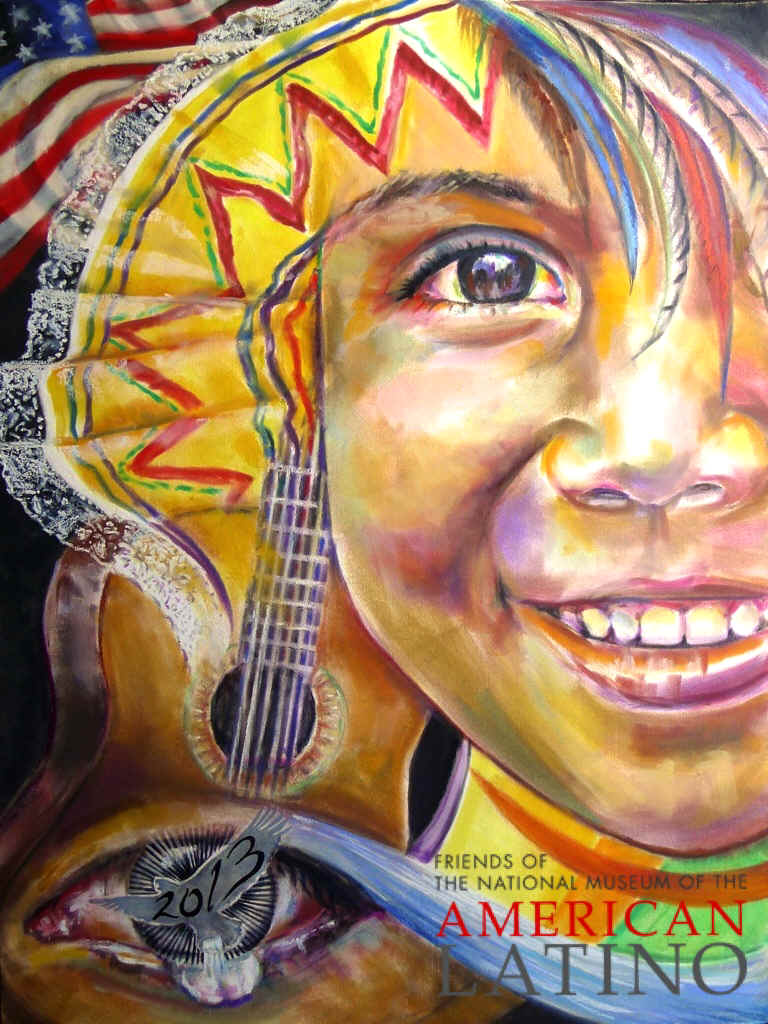


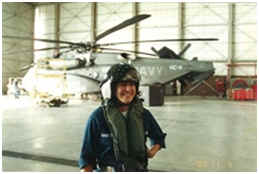

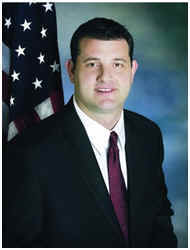
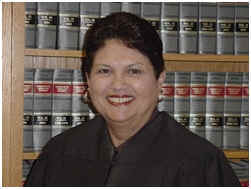
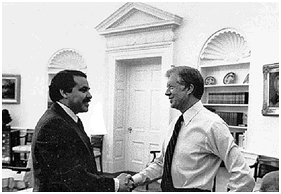
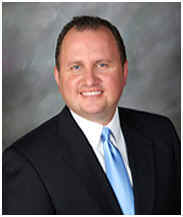
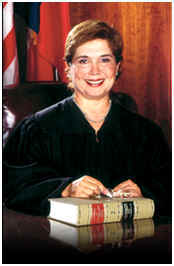
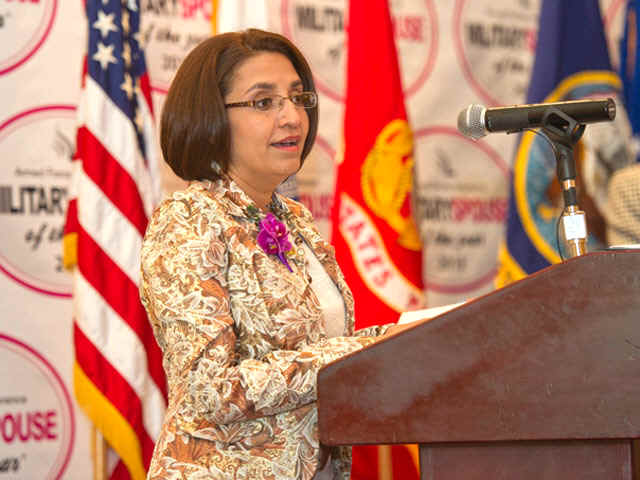
 She says she met her husband, Security Forces Commander Tony Castillo, Jr., in El Paso, Texas, when he was already an active duty member in the Air Force, and they got married in 2000. She was born in Juarez, Mexico, but moved with her family to El Paso when she was 16.
She says she met her husband, Security Forces Commander Tony Castillo, Jr., in El Paso, Texas, when he was already an active duty member in the Air Force, and they got married in 2000. She was born in Juarez, Mexico, but moved with her family to El Paso when she was 16.
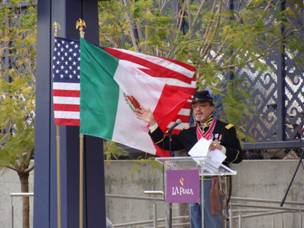
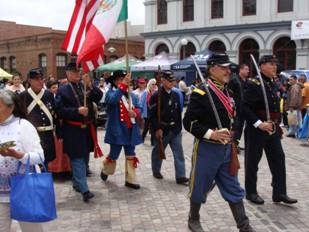
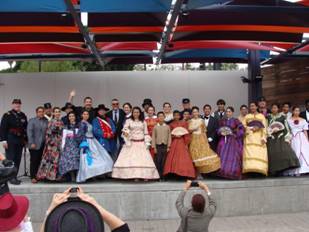
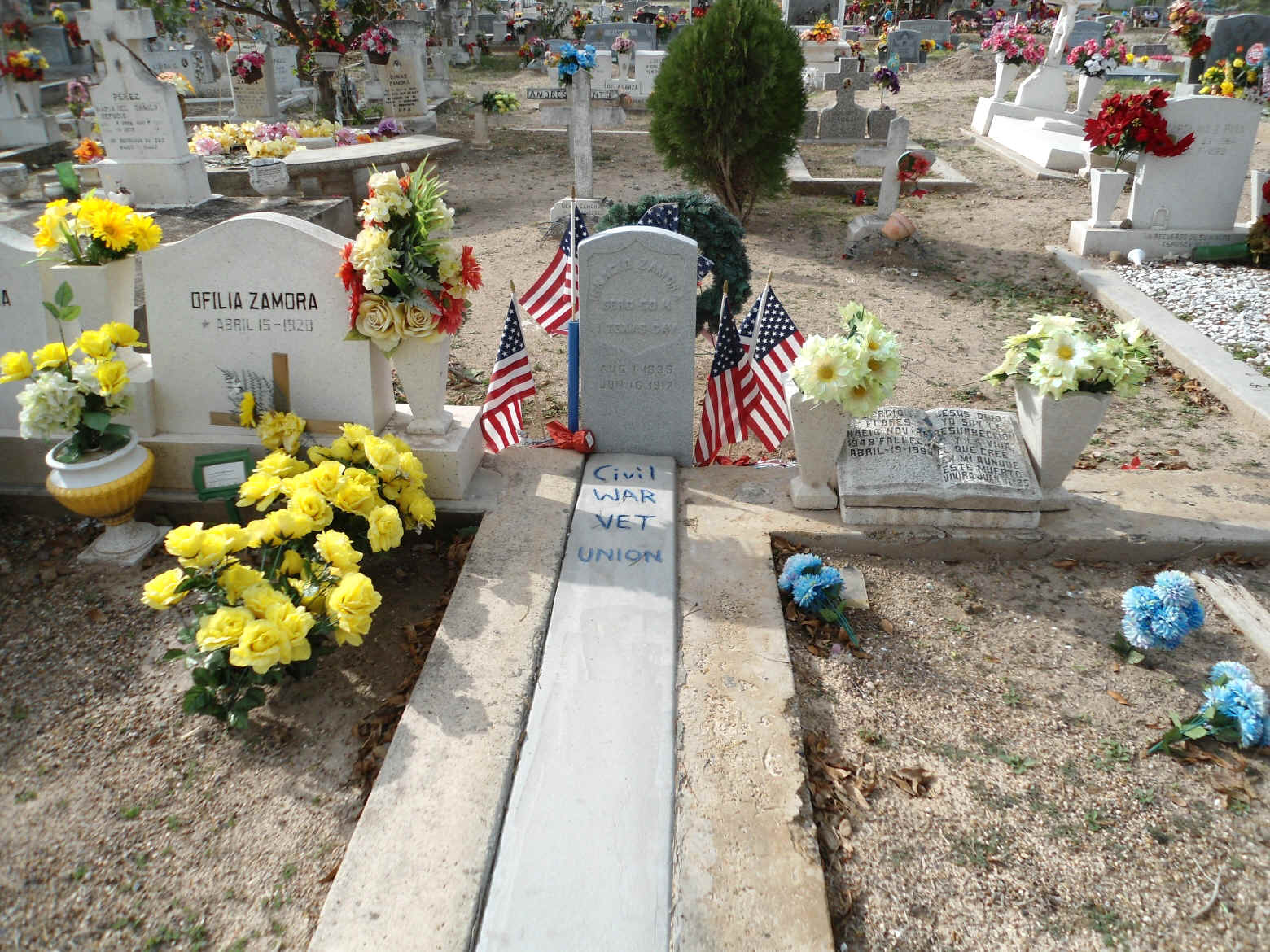


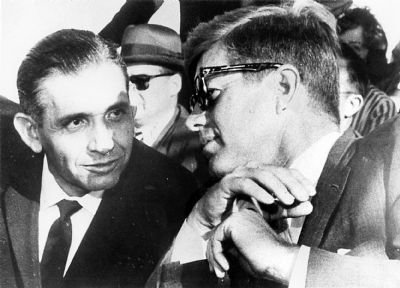 F
F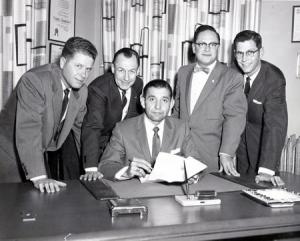 "
"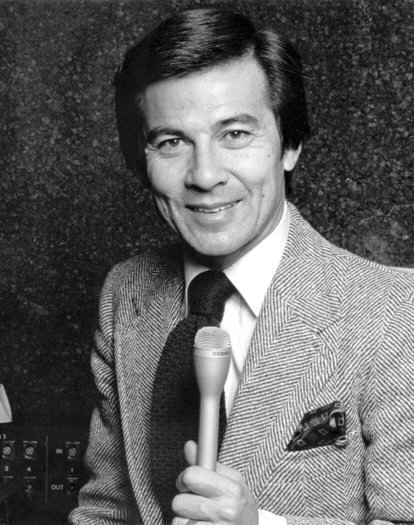
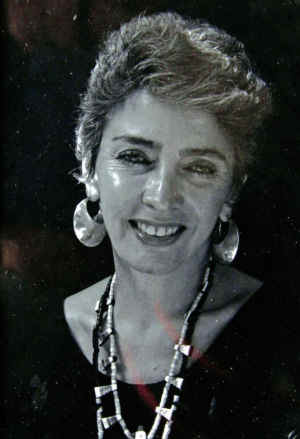




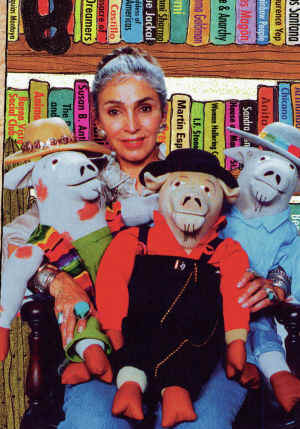 h
h essons
I learned from Bobbie’s life are how fragile life is -to .love your
friends and family for none of us lives forever and tomorrow is not a
guarantee.
essons
I learned from Bobbie’s life are how fragile life is -to .love your
friends and family for none of us lives forever and tomorrow is not a
guarantee.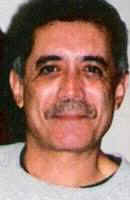
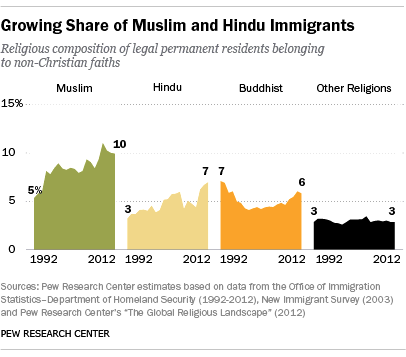
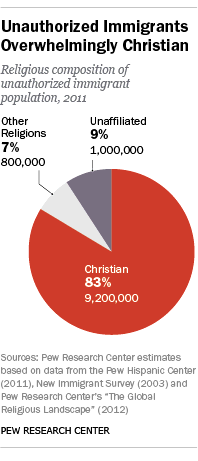
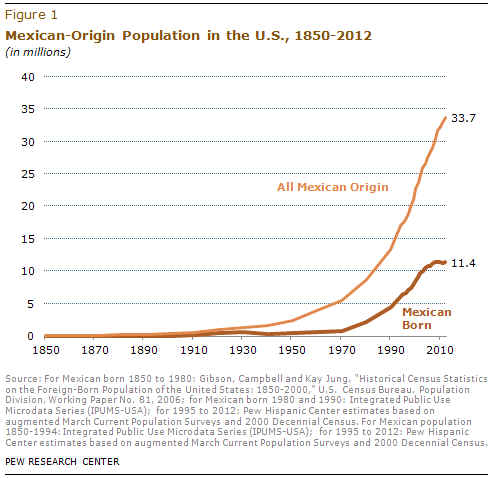
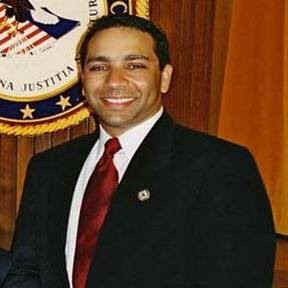
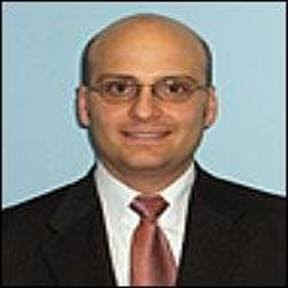
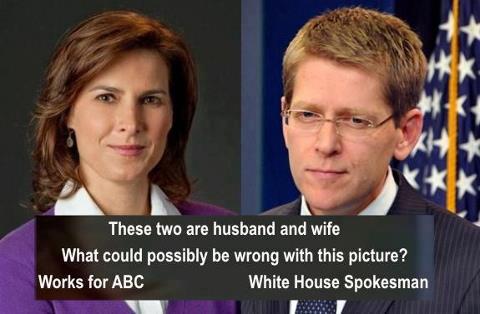

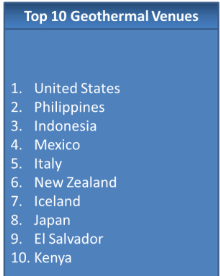

 The
most recent big event was the achievement of commercial operations
this month at its Plant 2 in the Olkaria III complex in Naivasha,
Kenya. The commercial operation of this plant boosts Ormat’s total
electricity-generating capacity by 36MW to 611WM worldwide. In 2014,
Ormat will bring a third plant online in Kenya, which should add
another 16MW of capacity. Even better, Ormat has a 20-year power
purchase agreement with Kenya—so there’s a guaranteed market for
this. And it’s got the capital to meet its Kenya ambitions, too: the
Overseas Private Investment Corporation (OPIC), which already provided
Ormat with $265 million to build its first two plants in Kenya, will
provide another $45 million for the third plant. As of March 31, 2013,
the company had available committed lines of credit with commercial
banks aggregating $440.9 million, of which $152.9 million was unused.
The
most recent big event was the achievement of commercial operations
this month at its Plant 2 in the Olkaria III complex in Naivasha,
Kenya. The commercial operation of this plant boosts Ormat’s total
electricity-generating capacity by 36MW to 611WM worldwide. In 2014,
Ormat will bring a third plant online in Kenya, which should add
another 16MW of capacity. Even better, Ormat has a 20-year power
purchase agreement with Kenya—so there’s a guaranteed market for
this. And it’s got the capital to meet its Kenya ambitions, too: the
Overseas Private Investment Corporation (OPIC), which already provided
Ormat with $265 million to build its first two plants in Kenya, will
provide another $45 million for the third plant. As of March 31, 2013,
the company had available committed lines of credit with commercial
banks aggregating $440.9 million, of which $152.9 million was unused.


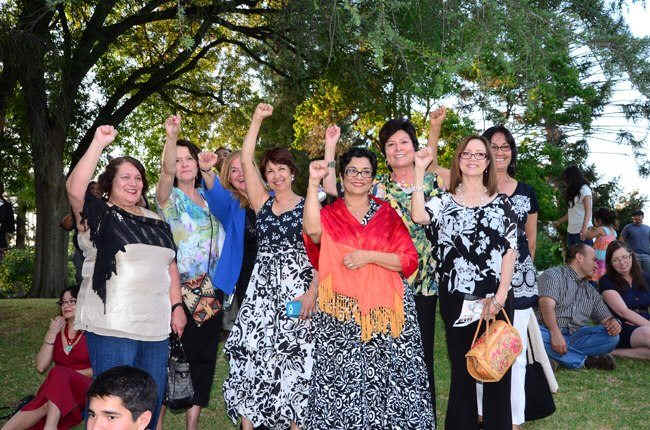
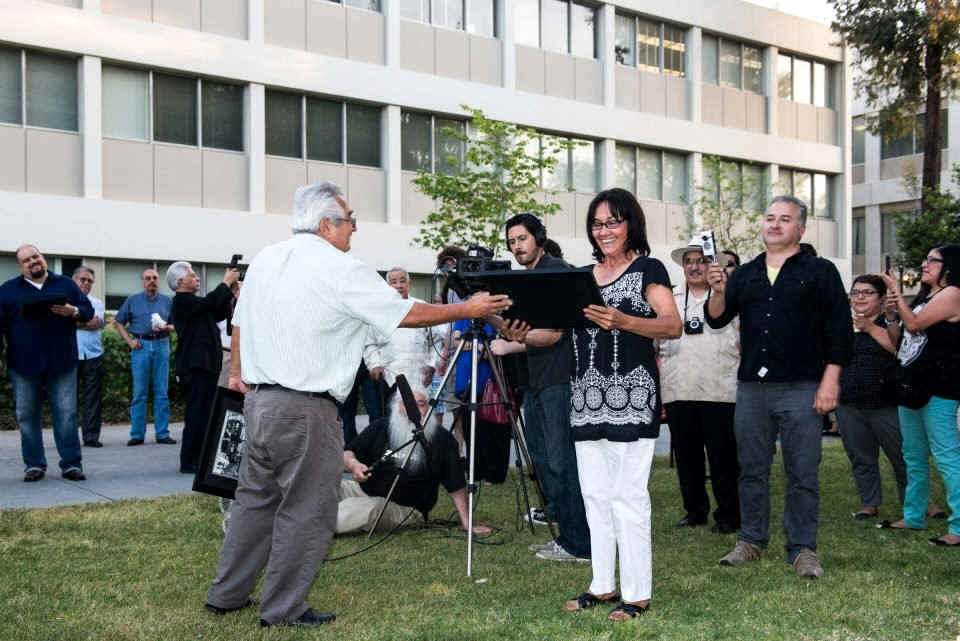
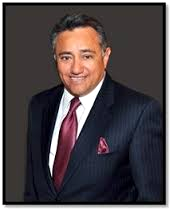 The United States Hispanic Chamber of Commerce (USHCC) announced David Gomez, President and CEO of David Gomez & Associates, as Board Convention Chairman of the 2013 USHCC National Convention. The annual event is the largest gathering of Hispanic business leaders in America and a forum to address the most important challenges and opportunities affecting our nation’s small business community. The Convention will take place September 15-17 in Chicago, IL.
The United States Hispanic Chamber of Commerce (USHCC) announced David Gomez, President and CEO of David Gomez & Associates, as Board Convention Chairman of the 2013 USHCC National Convention. The annual event is the largest gathering of Hispanic business leaders in America and a forum to address the most important challenges and opportunities affecting our nation’s small business community. The Convention will take place September 15-17 in Chicago, IL.


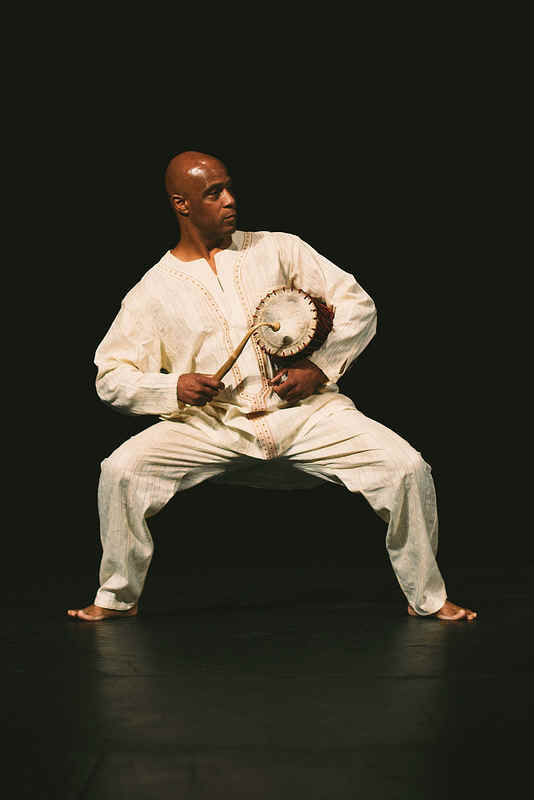
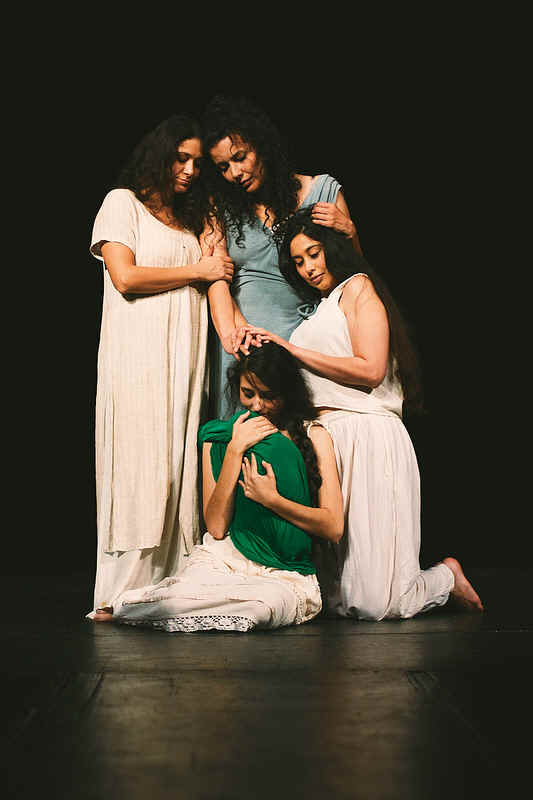
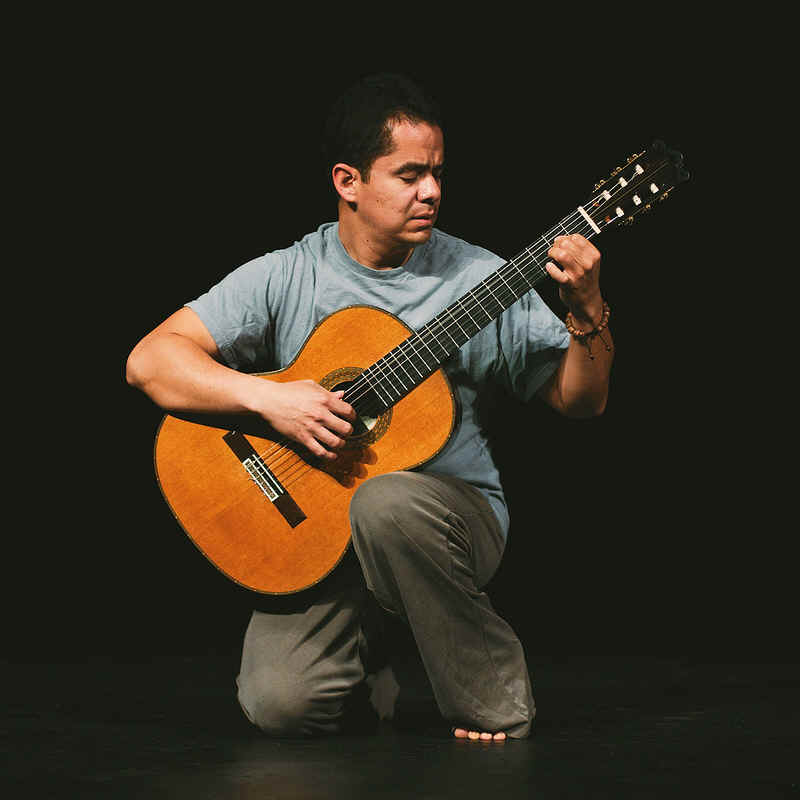
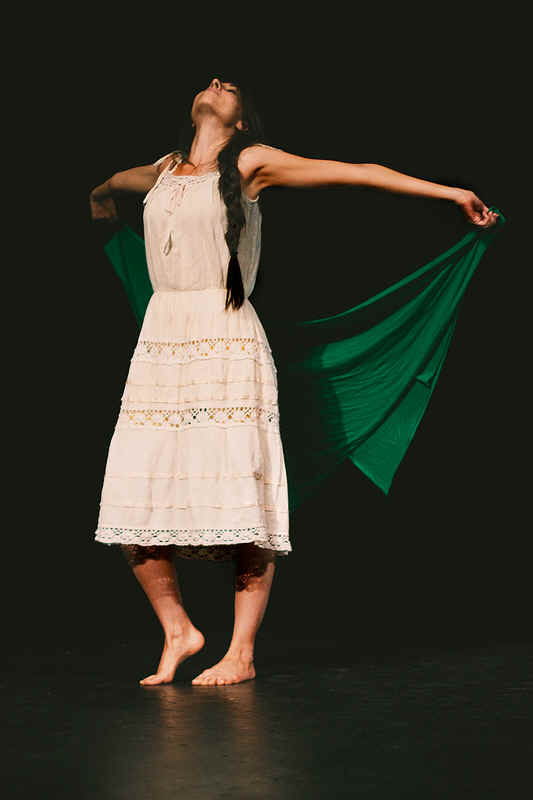
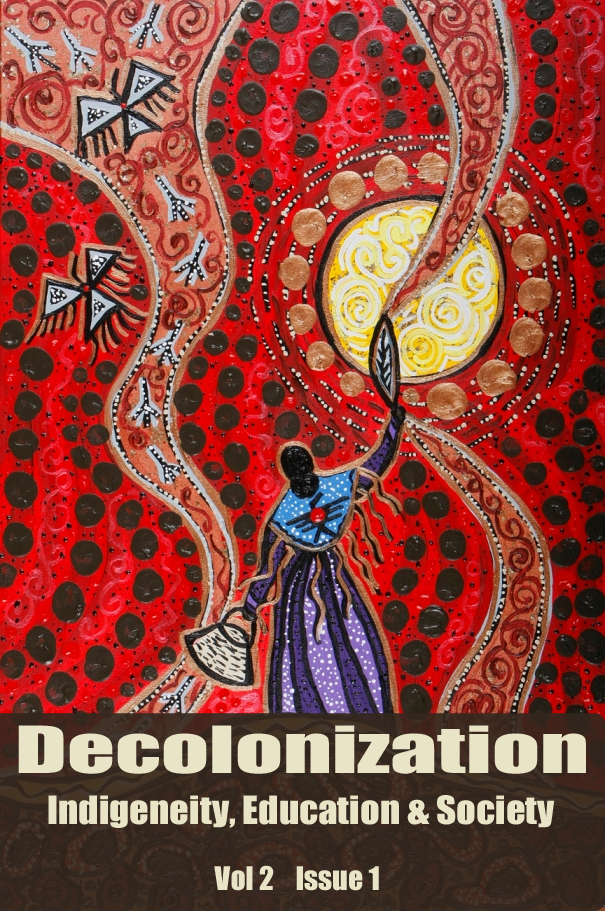
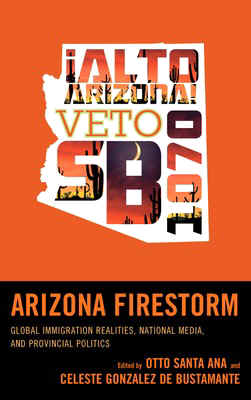
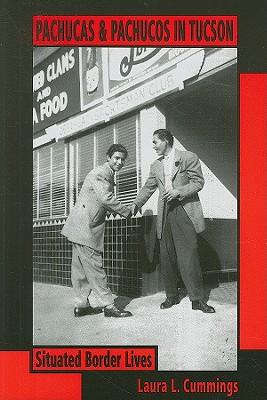

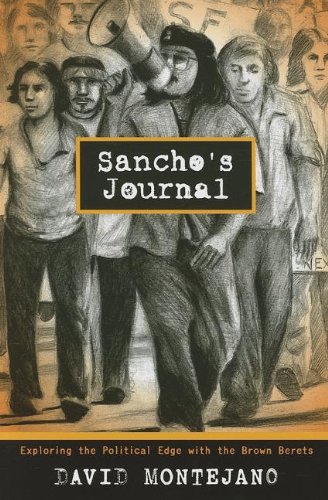
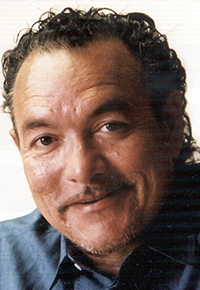



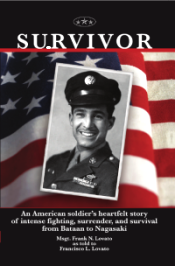 "SURVIVOR"
is a dynamic and emotional account of one of the most tragic periods
in American history. Told through the eyes and soul of Frank Lovato to
his son, Francisco Lovato, a retired psychotherapist, the story leaps
from tears to cheers as Frank and his buddies survive the travails of
being a formidable combatant and subsequently a POW of the Japanese in
WWII. Amazingly, Frank, two other Americans and 25 Filipino troops
were the first to engage the invading Imperial Japanese forces of
General Masaharu Homma on the beaches of Northern Lingayen Bay on
December 22, 1941. This fact, virtually lost to the history books,
tells of how MacArthur had positioned most of his forces over 45 miles
away from where the 44,000 Japanese actually landed. Frank's 4 half
track battery, equipped with 75-mm cannons sunk approximately 30
Japanese landing craft before pulling off the beach as Japanese
troops, who had landed farther northward attempted to surround them.
REVIEWS "SURVIVOR" is many things at once-a warrior's story;
and epic of endurance and survival; an insider's account of the Bataan
tragedy; and above all an act of filial fealty by Francisco Lovato who
has established in this narrative his father's rightful place as an
authentic American hero." Peter Collier- NY Times Bestselling
biographer-Kennedy's, Rockefellers,Fords,Roosevelts "In this
feelingly told biography, Lovato and his son honor that most essential
imperative of all wars-which is simply to remember, no matter how
painful the memories may be. SURVIVOR is a vivid memoir of resilience,
sacrifice, and courage." Hampton Sides -Author of Ghost Soldiers
"SURVIVOR"
is a dynamic and emotional account of one of the most tragic periods
in American history. Told through the eyes and soul of Frank Lovato to
his son, Francisco Lovato, a retired psychotherapist, the story leaps
from tears to cheers as Frank and his buddies survive the travails of
being a formidable combatant and subsequently a POW of the Japanese in
WWII. Amazingly, Frank, two other Americans and 25 Filipino troops
were the first to engage the invading Imperial Japanese forces of
General Masaharu Homma on the beaches of Northern Lingayen Bay on
December 22, 1941. This fact, virtually lost to the history books,
tells of how MacArthur had positioned most of his forces over 45 miles
away from where the 44,000 Japanese actually landed. Frank's 4 half
track battery, equipped with 75-mm cannons sunk approximately 30
Japanese landing craft before pulling off the beach as Japanese
troops, who had landed farther northward attempted to surround them.
REVIEWS "SURVIVOR" is many things at once-a warrior's story;
and epic of endurance and survival; an insider's account of the Bataan
tragedy; and above all an act of filial fealty by Francisco Lovato who
has established in this narrative his father's rightful place as an
authentic American hero." Peter Collier- NY Times Bestselling
biographer-Kennedy's, Rockefellers,Fords,Roosevelts "In this
feelingly told biography, Lovato and his son honor that most essential
imperative of all wars-which is simply to remember, no matter how
painful the memories may be. SURVIVOR is a vivid memoir of resilience,
sacrifice, and courage." Hampton Sides -Author of Ghost Soldiers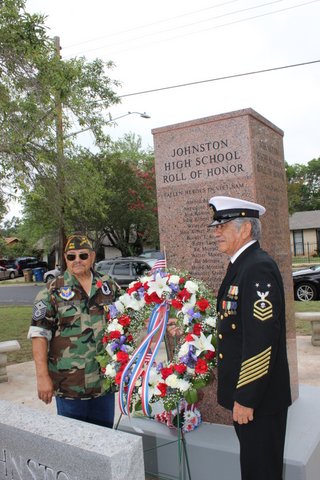
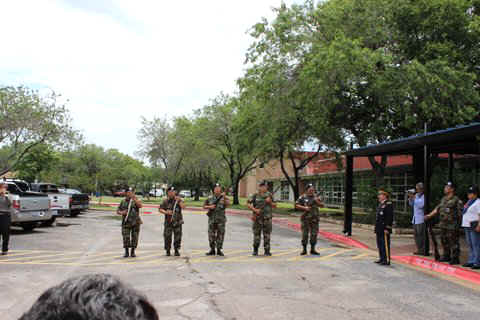
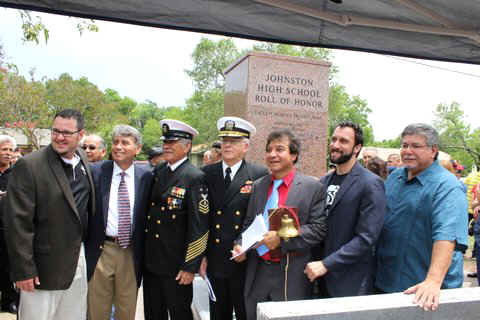
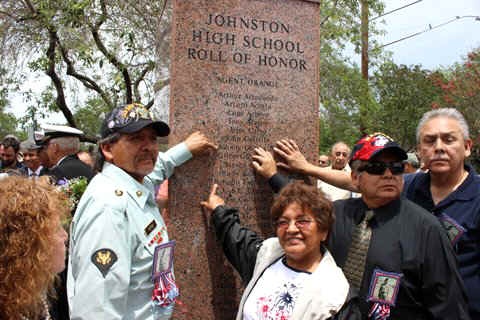
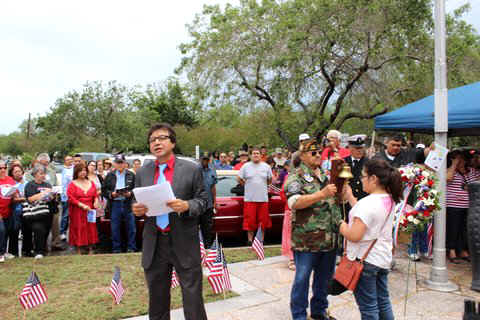
 With Memorial Day coming up it will be good for Americans to remember
all of our Veterans. Then on NOV 11 this year we will continue
to honor our men and women on the 50th Anniversary of the Vietnam War.
With Memorial Day coming up it will be good for Americans to remember
all of our Veterans. Then on NOV 11 this year we will continue
to honor our men and women on the 50th Anniversary of the Vietnam War.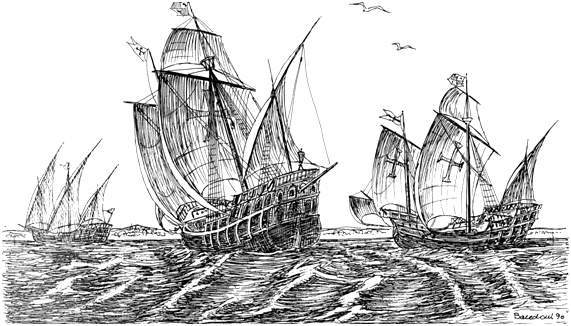
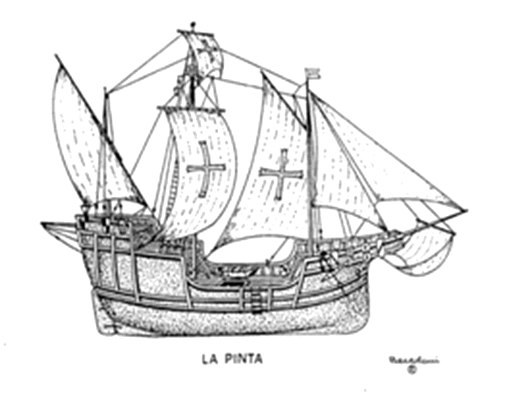
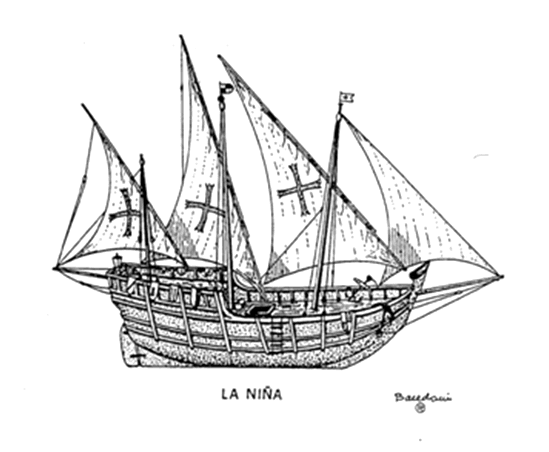
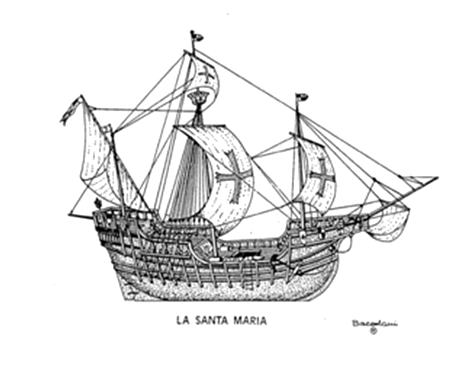

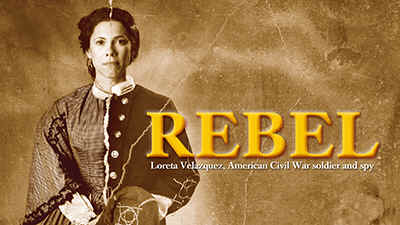
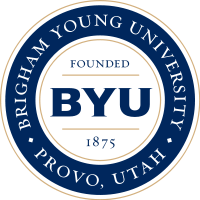
 U.S. Citizenship and Immigration Records
U.S. Citizenship and Immigration Records 

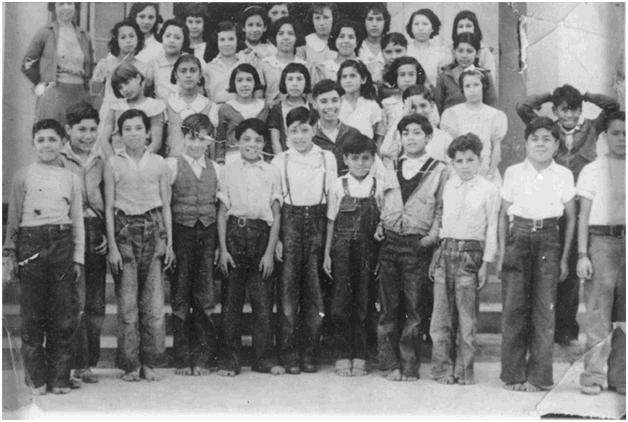
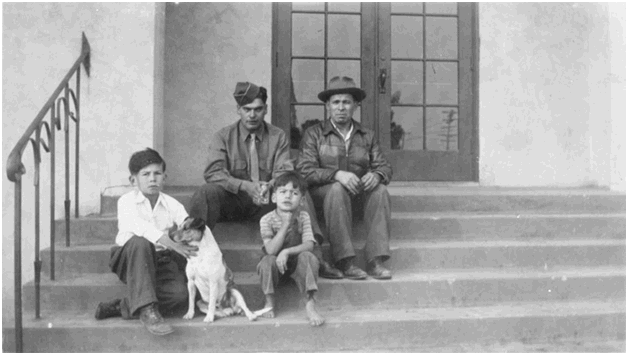
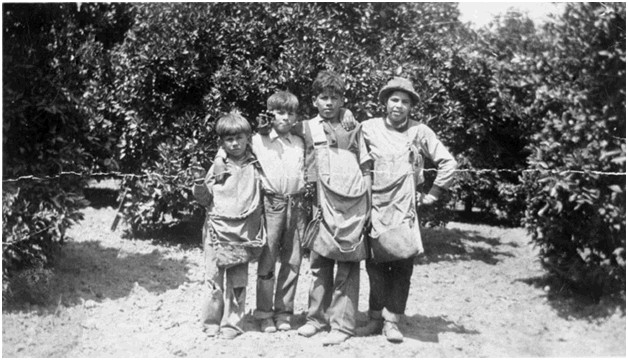
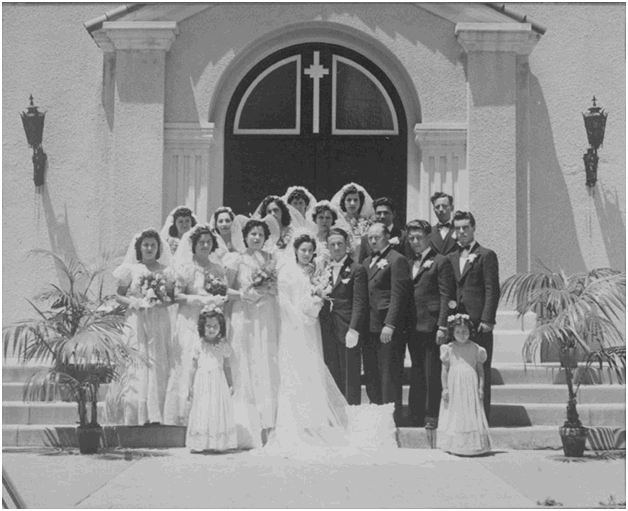
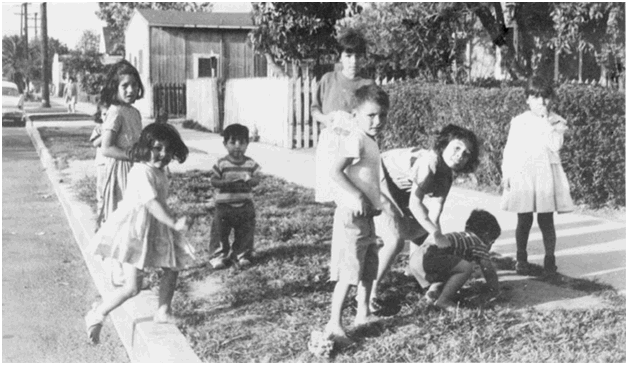
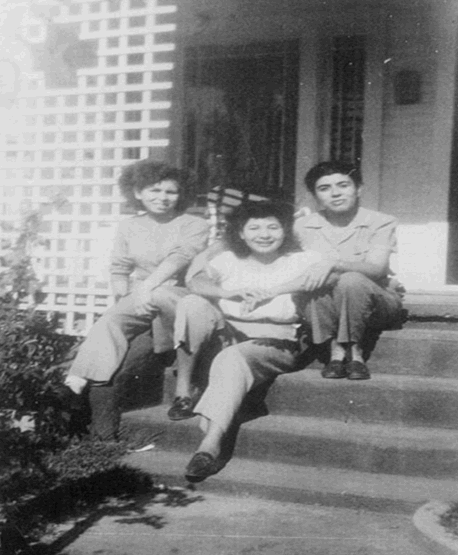
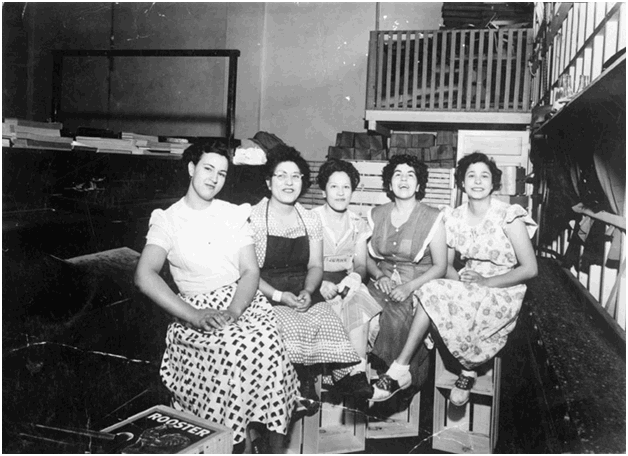
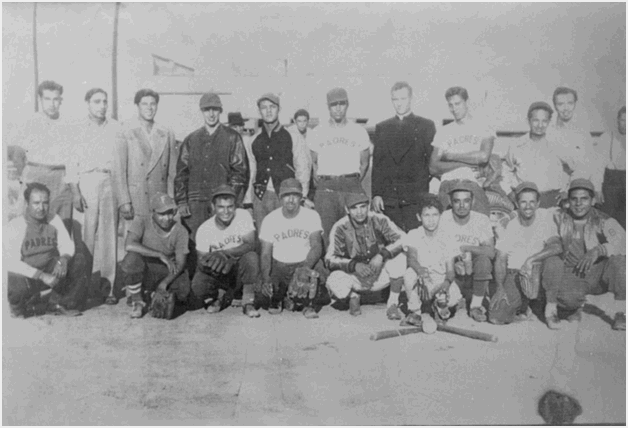
 Case file numbers were updated to reflect subsequent journeys to
and from the United States. For example, if you know that your
ancestor first immigrated to the United States in 1910, left to
visit family in 1920 and came back for good in 1921, the case file
number may have been changed accordingly. You would need to find
the passenger list from 1921 and follow the above steps.
Case file numbers were updated to reflect subsequent journeys to
and from the United States. For example, if you know that your
ancestor first immigrated to the United States in 1910, left to
visit family in 1920 and came back for good in 1921, the case file
number may have been changed accordingly. You would need to find
the passenger list from 1921 and follow the above steps.
 Small towns are like big barrios. People know and take care of each other. Which is why Arizona’s mining communities impress me greatly. That, and the people they produce. Some are two towns separated by a hyphen—Hayden-Winkelman, Globe-Miami, Clifton-Morenci—but for all practical purposes they are one community.
Small towns are like big barrios. People know and take care of each other. Which is why Arizona’s mining communities impress me greatly. That, and the people they produce. Some are two towns separated by a hyphen—Hayden-Winkelman, Globe-Miami, Clifton-Morenci—but for all practical purposes they are one community. These towns are proud of their own. In Hayden, pictures of all the graduating classes are displayed on the walls of the high-school gym. Miami converted its old elementary school, the Bullion Plaza school, into a local history museum, which chronicles the town’s history. The contributions of the union stand out as does the memorabilia of local veterans—many of them decorated heroes—who fought in WW II, Korea, and Viet Nam.
These towns are proud of their own. In Hayden, pictures of all the graduating classes are displayed on the walls of the high-school gym. Miami converted its old elementary school, the Bullion Plaza school, into a local history museum, which chronicles the town’s history. The contributions of the union stand out as does the memorabilia of local veterans—many of them decorated heroes—who fought in WW II, Korea, and Viet Nam.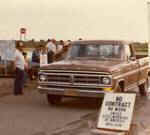 The headquarters of the historic 1983 strike that pitted the Clifton-Morenci copper miners against Phelps
Dodge and Democratic Governor Bruce Babbitt was the Morenci Miners United Steelworkers Local 616 Union Hall in Clifton. After the strike the union moved, and the hall was bought by Jeff Gaskin, who converted it into a museum of the union and the 1983 strike. A mural that chronicles the strike takes up one entire wall. The community’s pride in the history of the union and the unionists is impressive and moving.
The headquarters of the historic 1983 strike that pitted the Clifton-Morenci copper miners against Phelps
Dodge and Democratic Governor Bruce Babbitt was the Morenci Miners United Steelworkers Local 616 Union Hall in Clifton. After the strike the union moved, and the hall was bought by Jeff Gaskin, who converted it into a museum of the union and the 1983 strike. A mural that chronicles the strike takes up one entire wall. The community’s pride in the history of the union and the unionists is impressive and moving.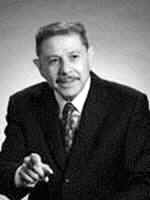 Alfredo Gutierrez is from Miami. First elected to the Arizona senate at age 25, Alfredo served as the majority and minority leader in the state senate. During the 1970s, as the Senate Majority Leader, Alfredo was arguably the state’s most powerful elected official.
Alfredo Gutierrez is from Miami. First elected to the Arizona senate at age 25, Alfredo served as the majority and minority leader in the state senate. During the 1970s, as the Senate Majority Leader, Alfredo was arguably the state’s most powerful elected official.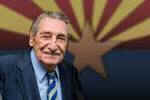 I’m proud to be from Douglas also and to have worked alongside the two Tonys described above.
And Arizona’s first, and only, Mexican American Governor, Raúl Castro, is from Douglas.
As Dr. Christine Marín says: “Mining town kids: they love us or they hate us in Arizona…because we’re everywhere!”
I’m proud to be from Douglas also and to have worked alongside the two Tonys described above.
And Arizona’s first, and only, Mexican American Governor, Raúl Castro, is from Douglas.
As Dr. Christine Marín says: “Mining town kids: they love us or they hate us in Arizona…because we’re everywhere!”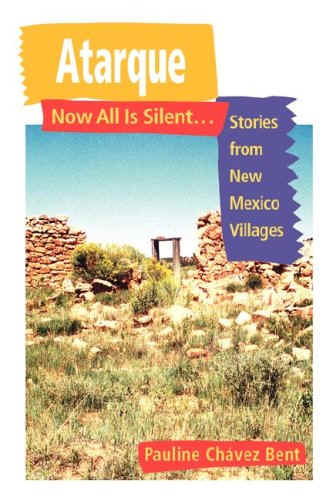
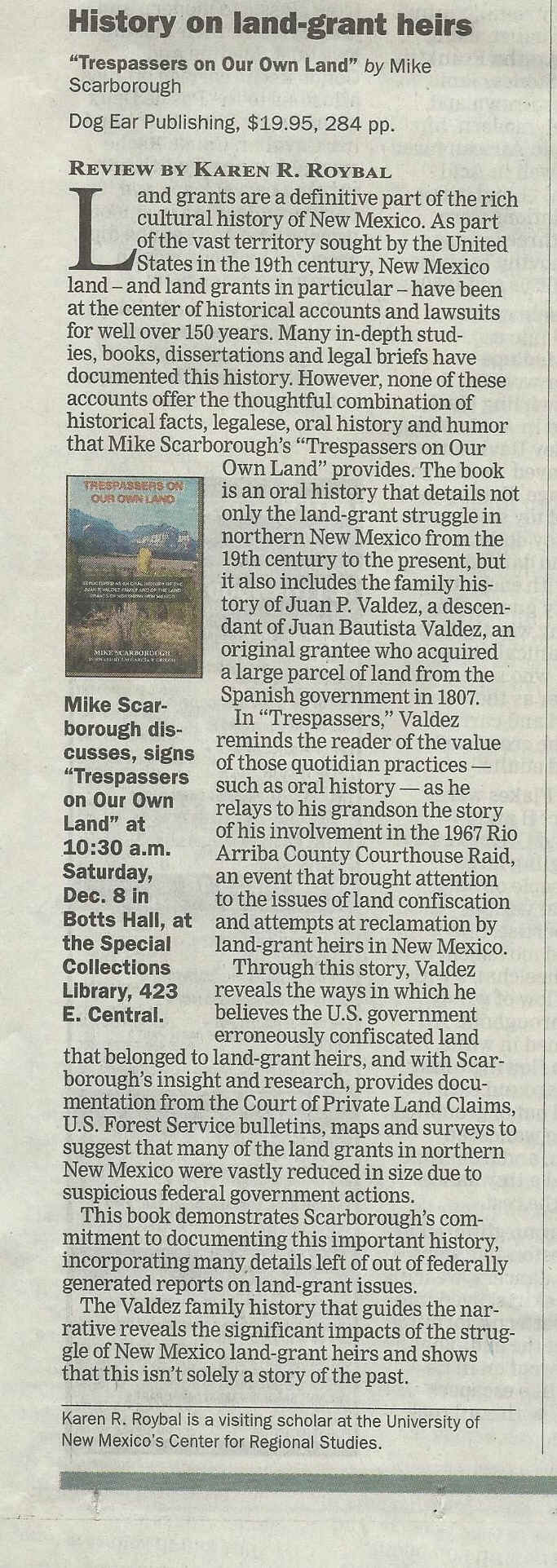


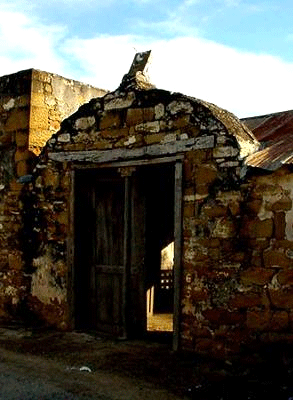 At the time that the walled fort was built(possibly
1853), a sundial was set above the portals of
the entrance gate. The sundial has a story that goes with it.
At the time that the walled fort was built(possibly
1853), a sundial was set above the portals of
the entrance gate. The sundial has a story that goes with it. In
1828, don Jesus Treviño purchased approximately half of the Vasquez
Borrego land grant. The township of San Ygnacio was to be built on
this land grant by a few landowners and the workers they brought with
them from Mexico. In the beginning, both the patrons and the workers
had to endure the same hardships in this untamed land. The first signs
of civilization was when Don Jesus erected the
In
1828, don Jesus Treviño purchased approximately half of the Vasquez
Borrego land grant. The township of San Ygnacio was to be built on
this land grant by a few landowners and the workers they brought with
them from Mexico. In the beginning, both the patrons and the workers
had to endure the same hardships in this untamed land. The first signs
of civilization was when Don Jesus erected the  Don
Blas Maria, born from the third marriage, was very instrumental in
building of San Ygnacio. To bring story of San Ygnacio we go
back to the founding of the Dolores Vista on the Texas side of the Rio
Grande and the mouth of the Arroyo Dolores. Don Jose Vasquez Borrego,
owner of a large ranch, San Juan del Alamo, in Monclova, Coahuila was
granted approximately 110,000 acres for starting the Vista at Dolores.
The settlement started with about 15 families and in 1753, don Jose
Vasquez Borrego was granted approximately 110,000 acres more. These
220,000 acres of land covered from the Arroyo Dolores to the present
day Ramireño north fence and from the river approximately 40 miles to
the northeast.
Don
Blas Maria, born from the third marriage, was very instrumental in
building of San Ygnacio. To bring story of San Ygnacio we go
back to the founding of the Dolores Vista on the Texas side of the Rio
Grande and the mouth of the Arroyo Dolores. Don Jose Vasquez Borrego,
owner of a large ranch, San Juan del Alamo, in Monclova, Coahuila was
granted approximately 110,000 acres for starting the Vista at Dolores.
The settlement started with about 15 families and in 1753, don Jose
Vasquez Borrego was granted approximately 110,000 acres more. These
220,000 acres of land covered from the Arroyo Dolores to the present
day Ramireño north fence and from the river approximately 40 miles to
the northeast.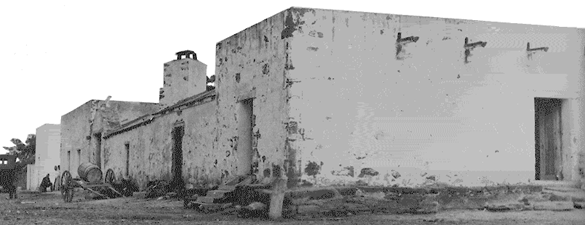
 The Long House.
The Long House.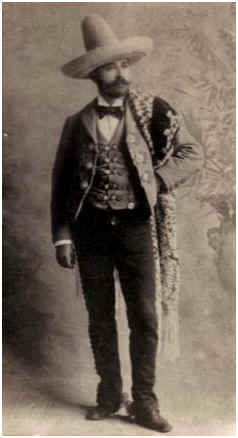
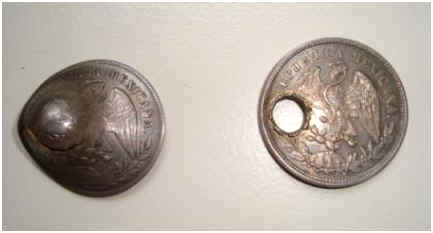
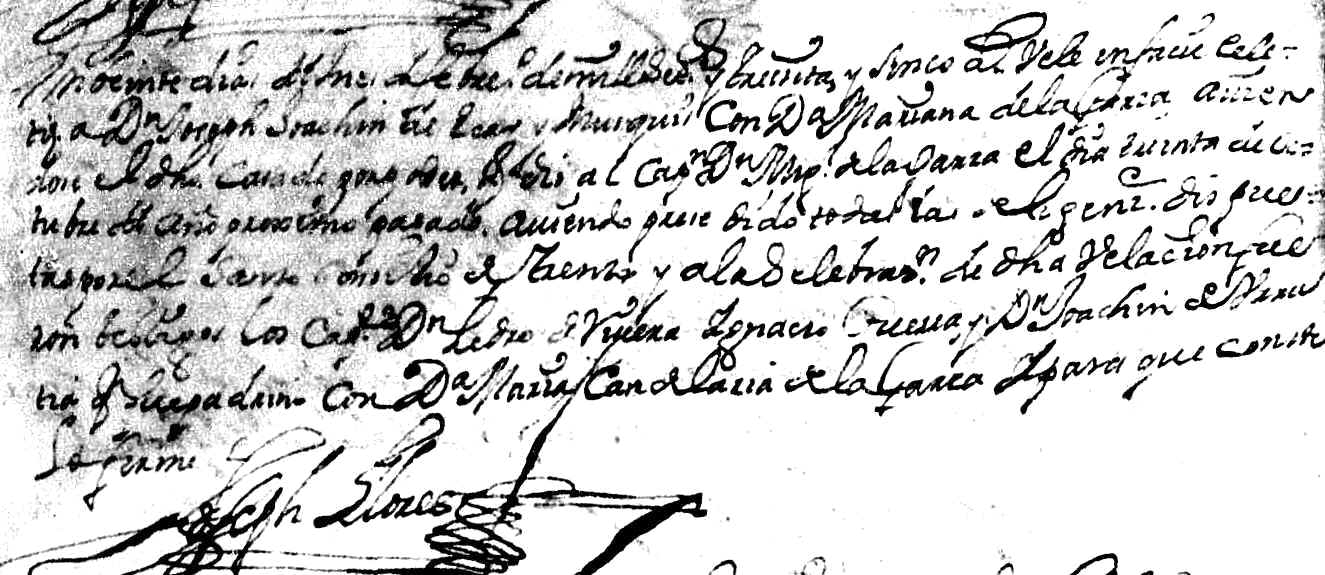
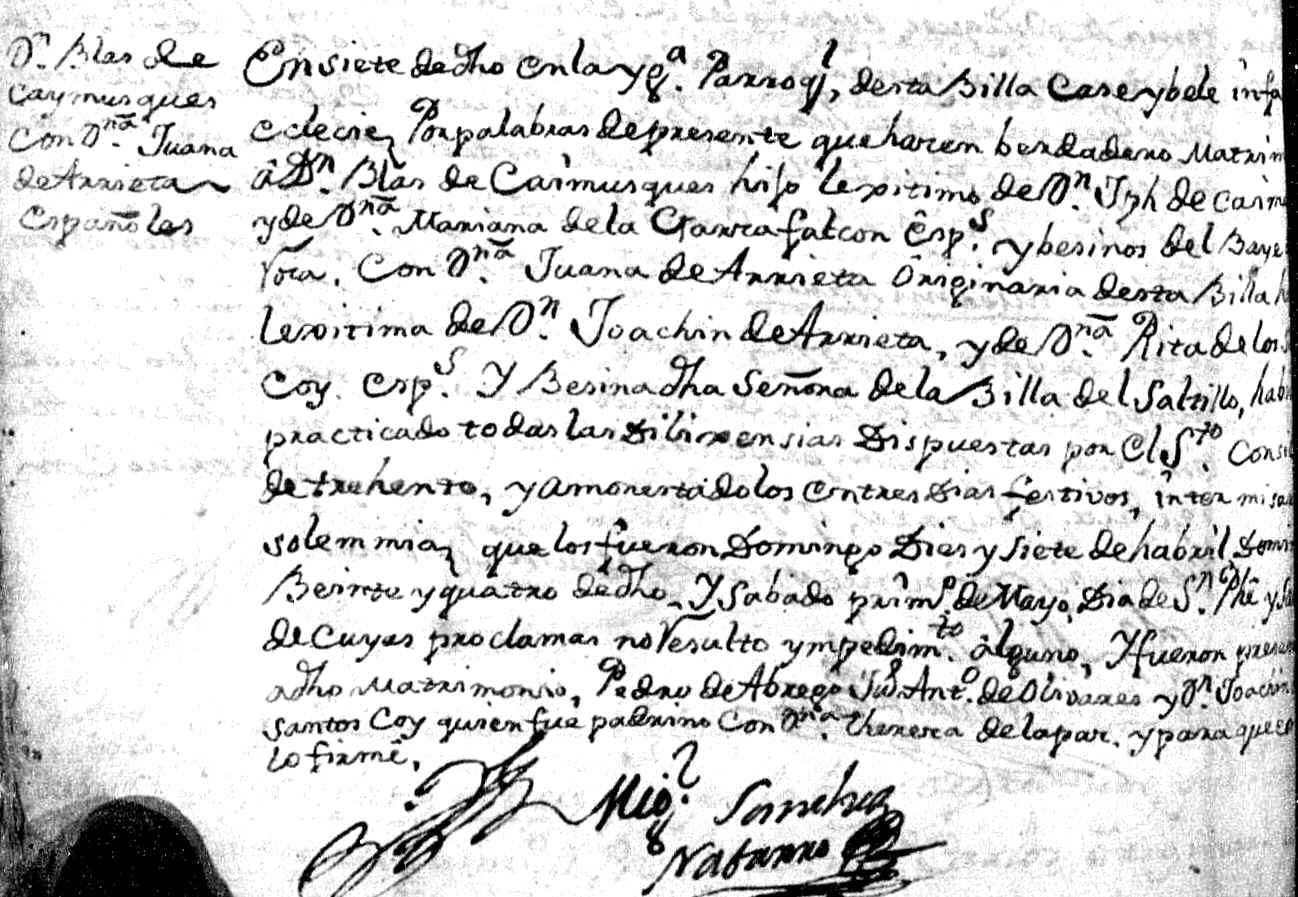
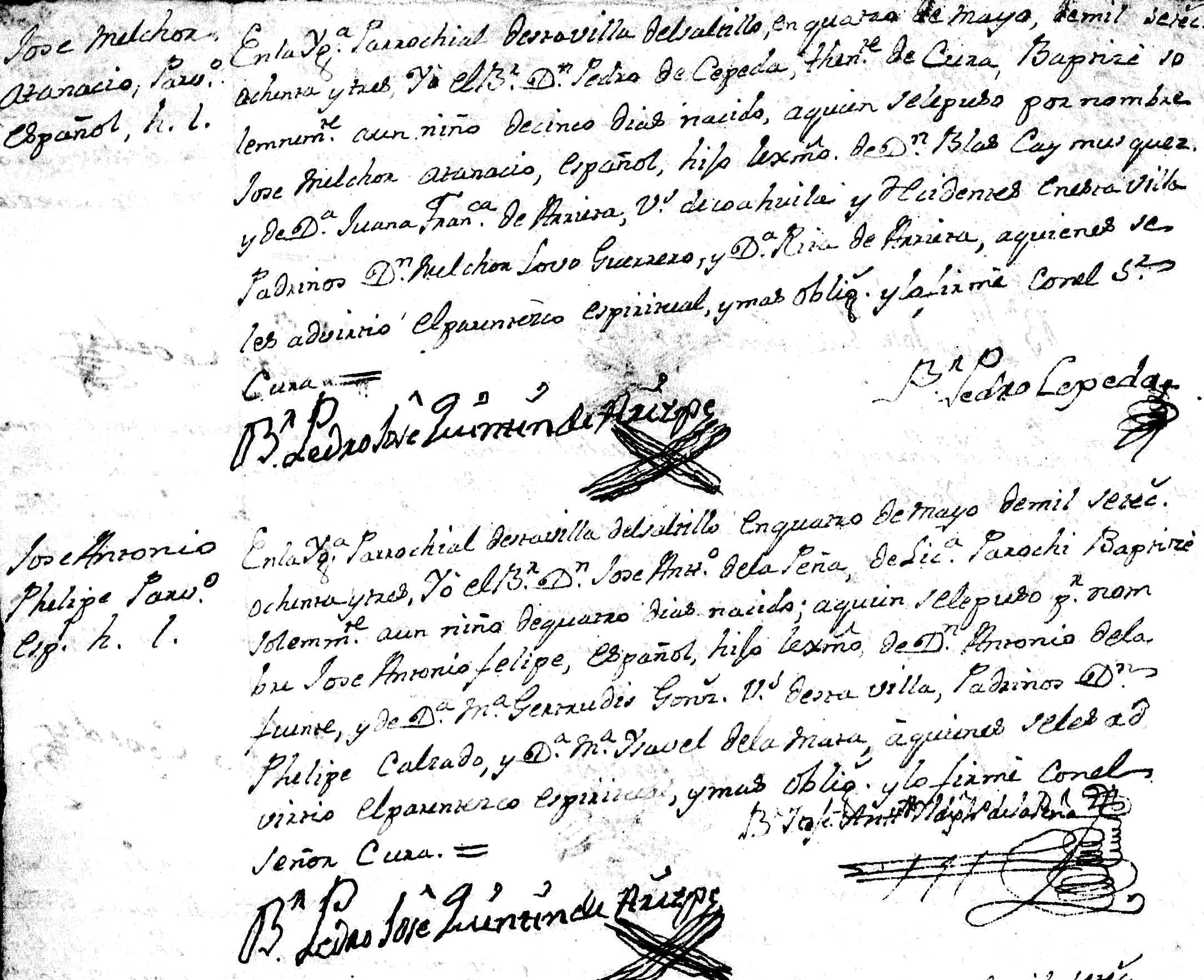
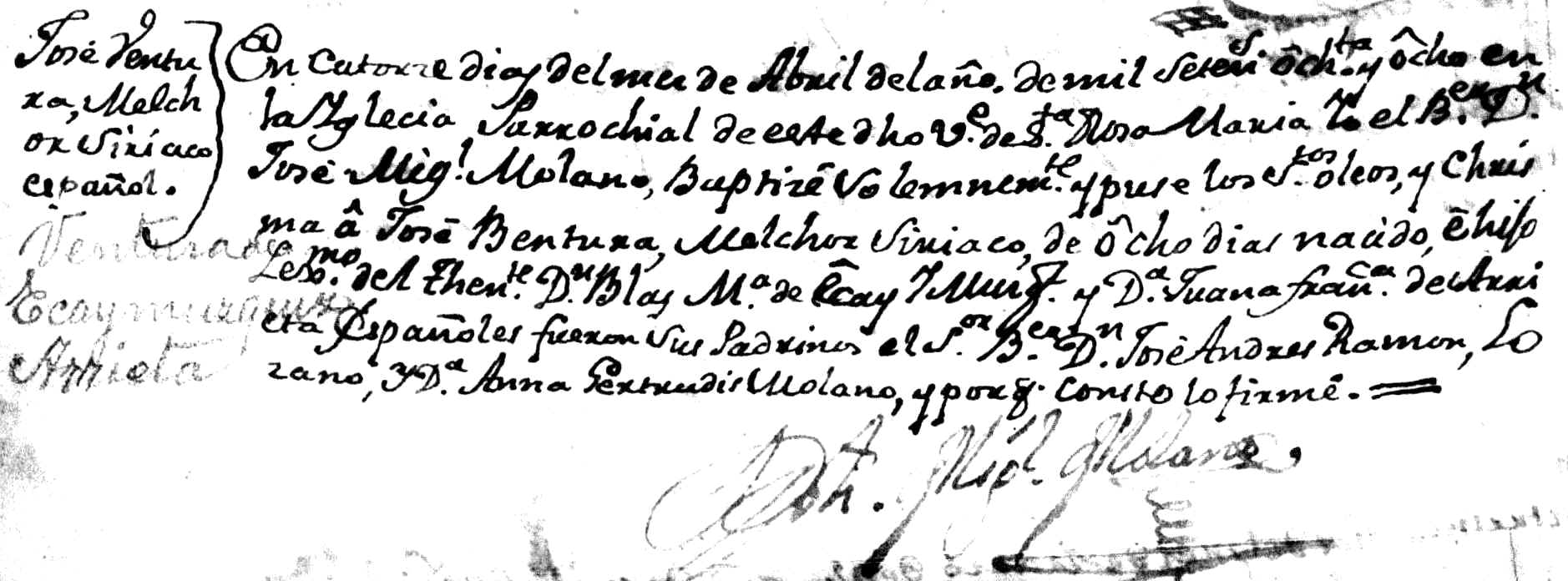
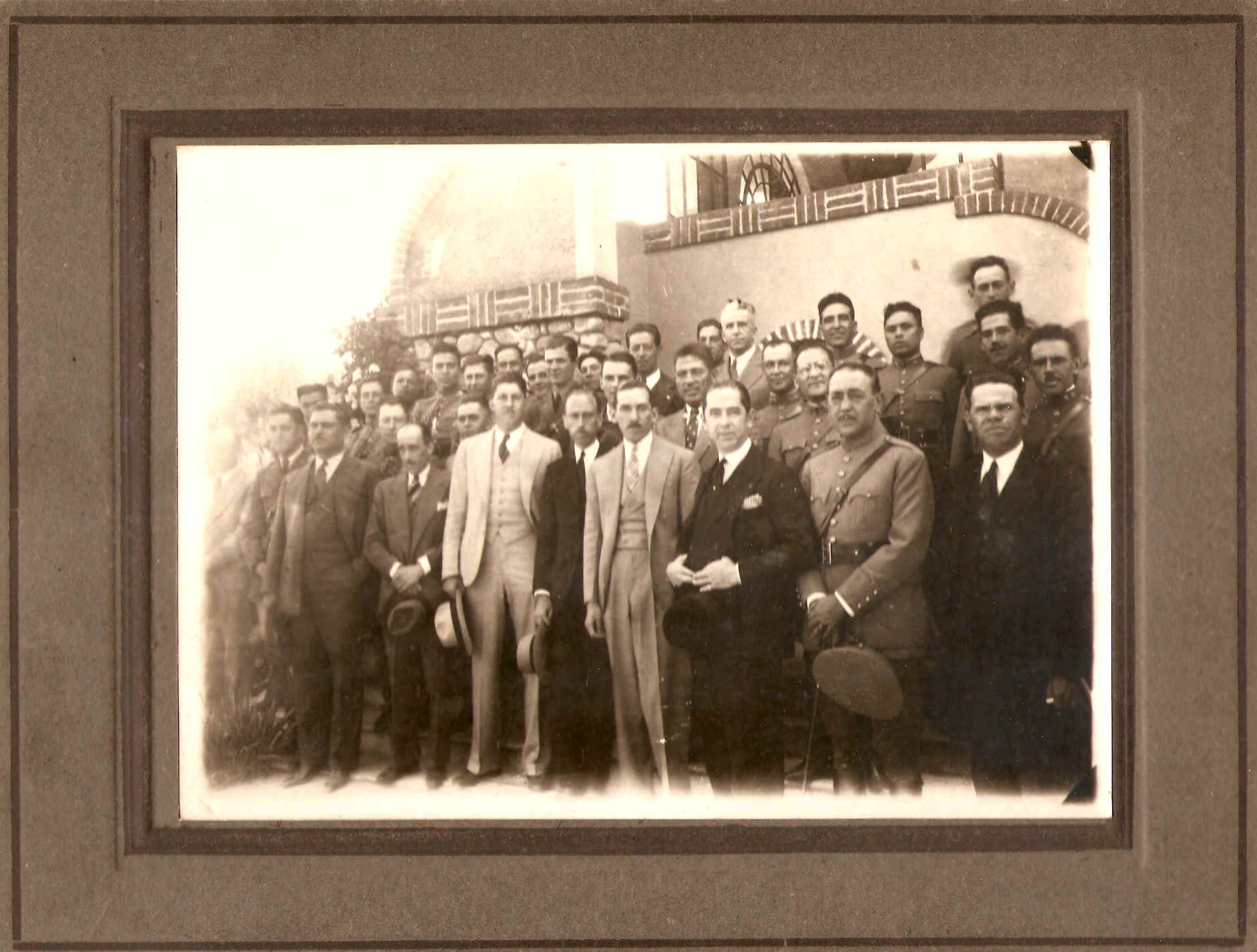
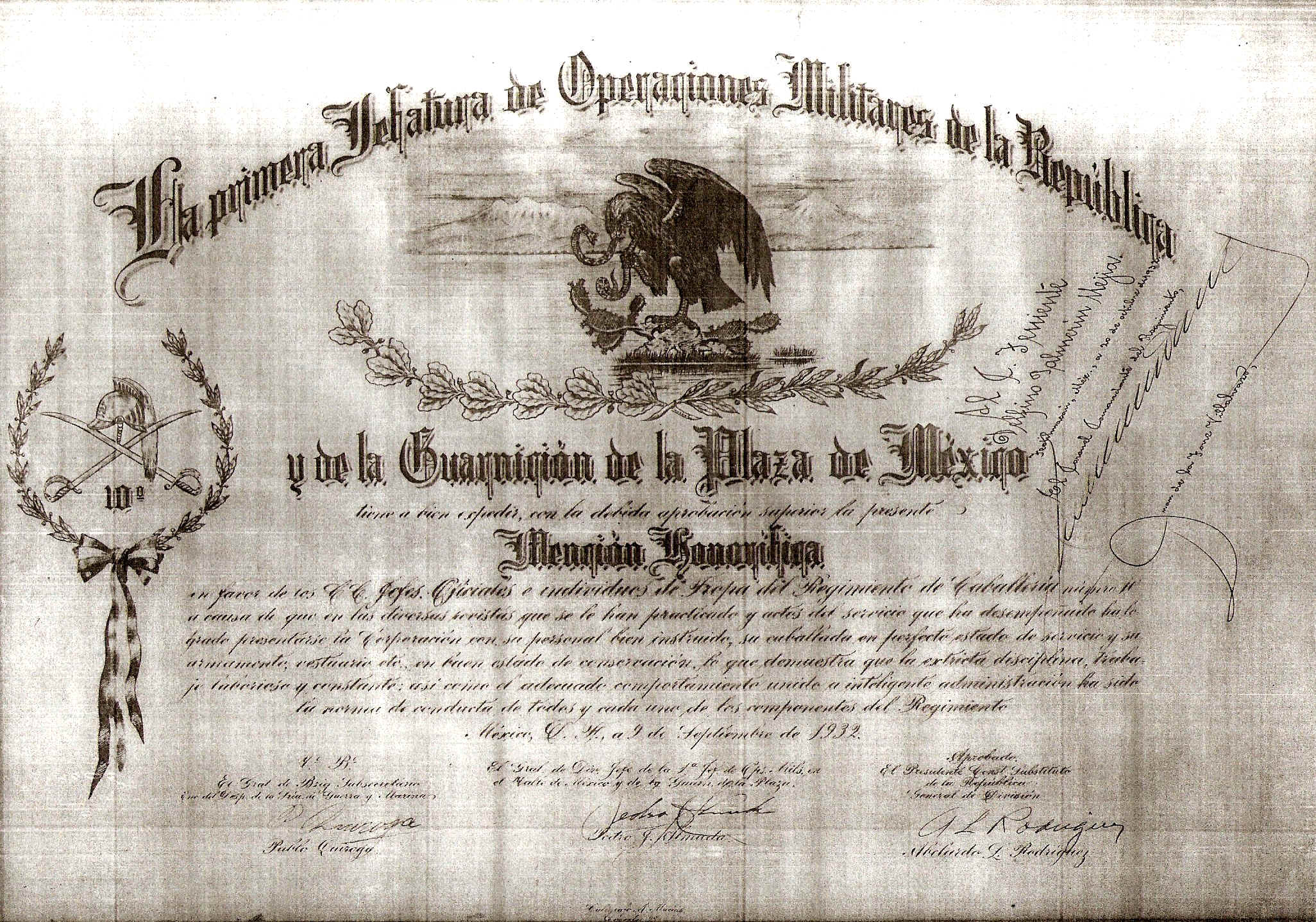
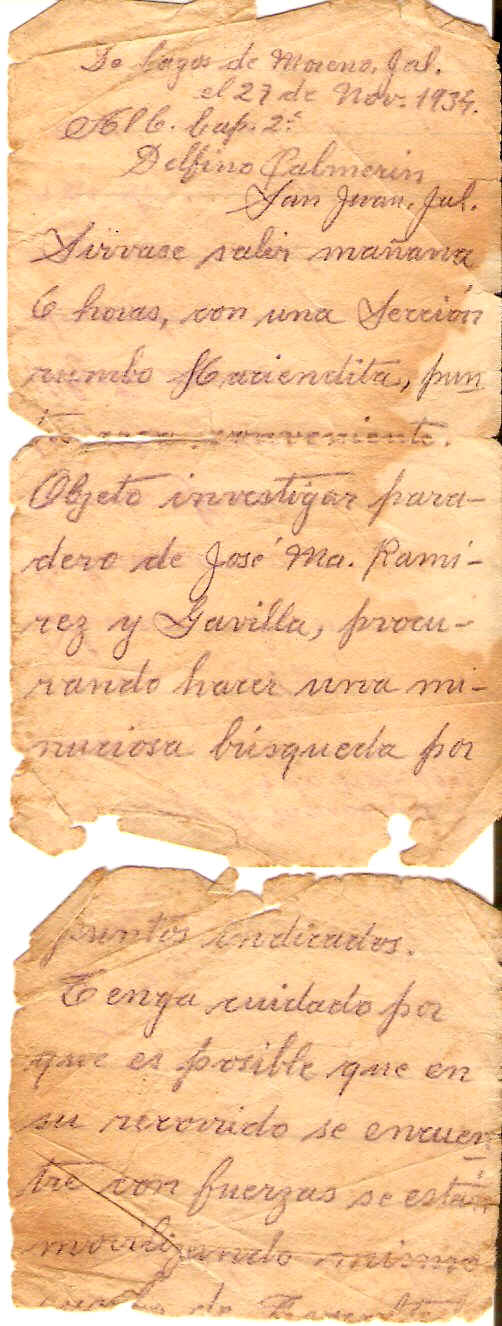
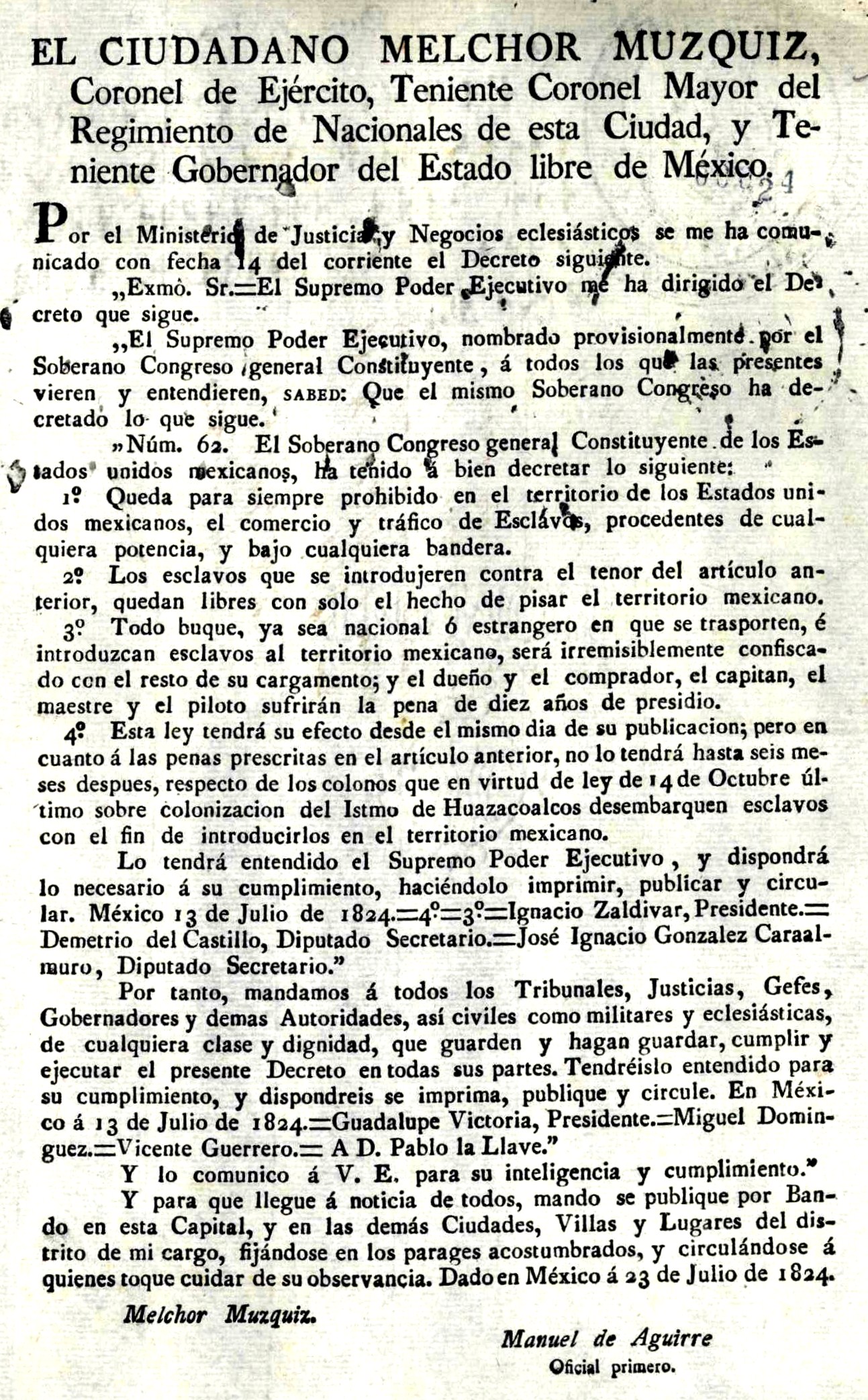
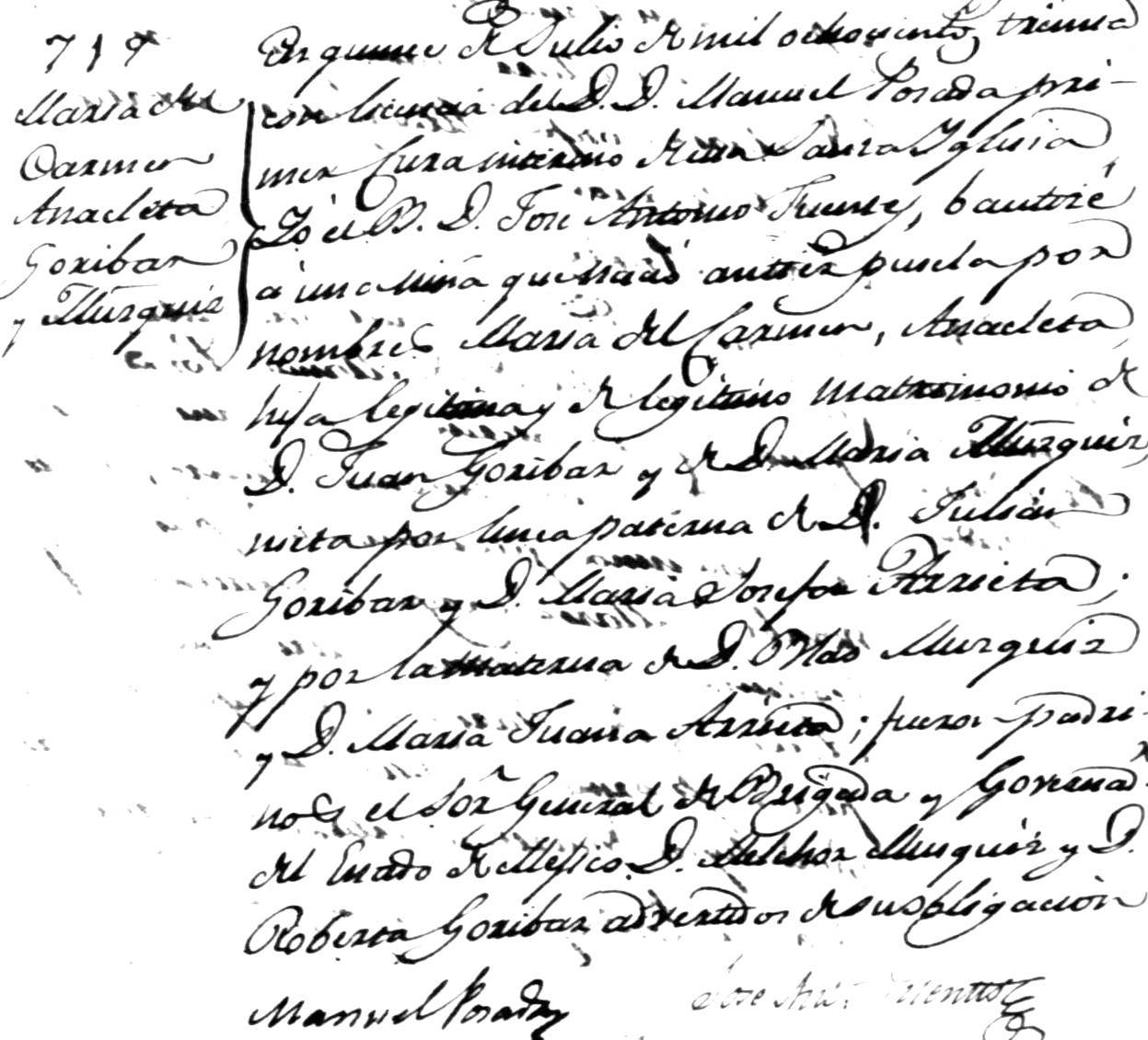
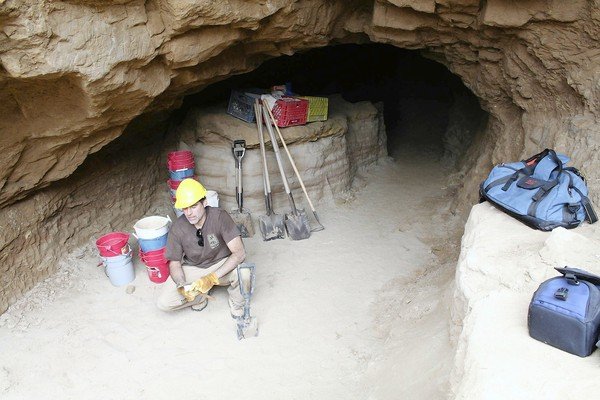 Rene Vellanoweth of Cal State L.A. shows a cave on San Nicolas
Island where it's believed the Native American woman who came to be
known as the Lone Woman of San Nicolas lived from 1835 to 1853. Navy
archaeologist Steve Schwartz had searched the island for the cave for
20 years without success.
Rene Vellanoweth of Cal State L.A. shows a cave on San Nicolas
Island where it's believed the Native American woman who came to be
known as the Lone Woman of San Nicolas lived from 1835 to 1853. Navy
archaeologist Steve Schwartz had searched the island for the cave for
20 years without success. 